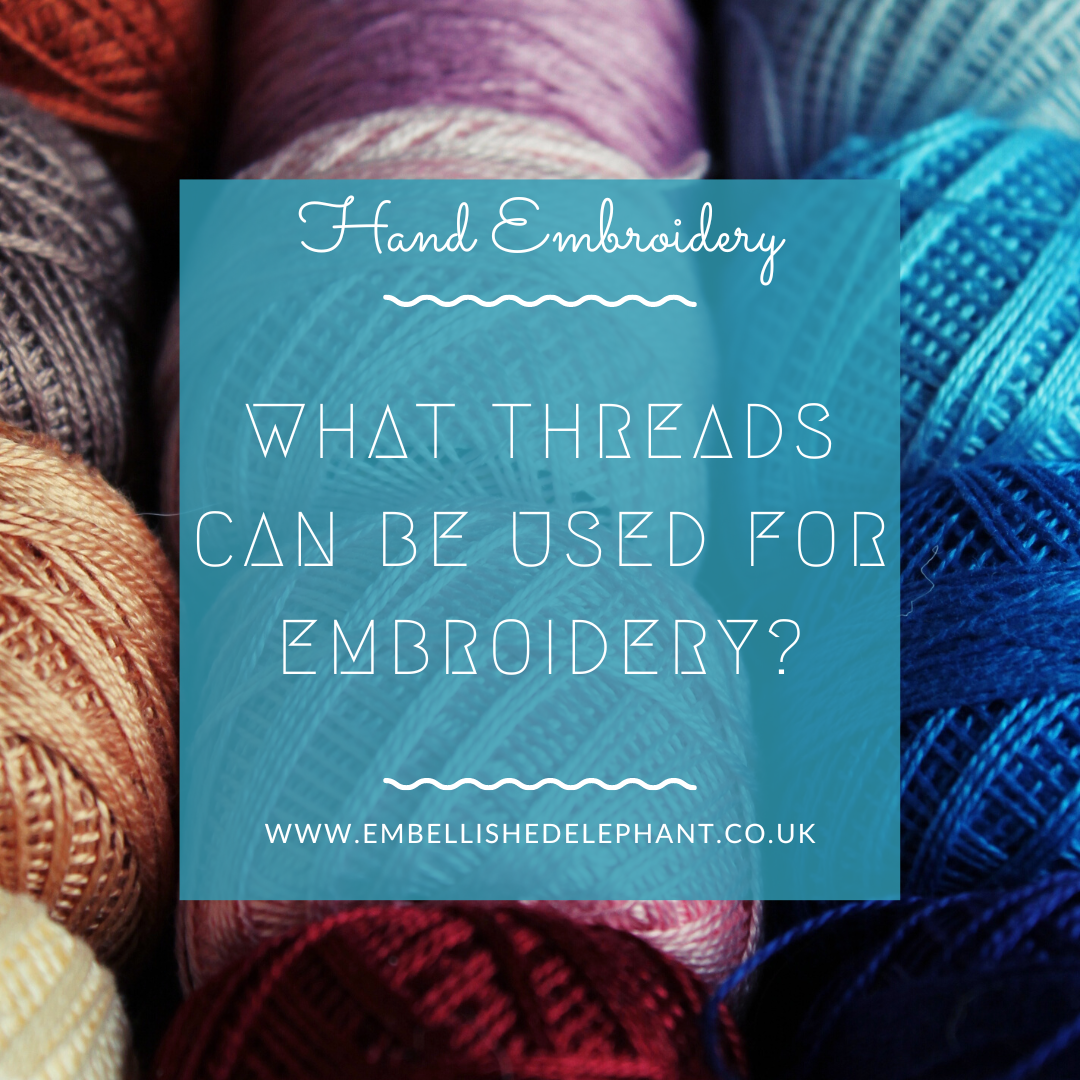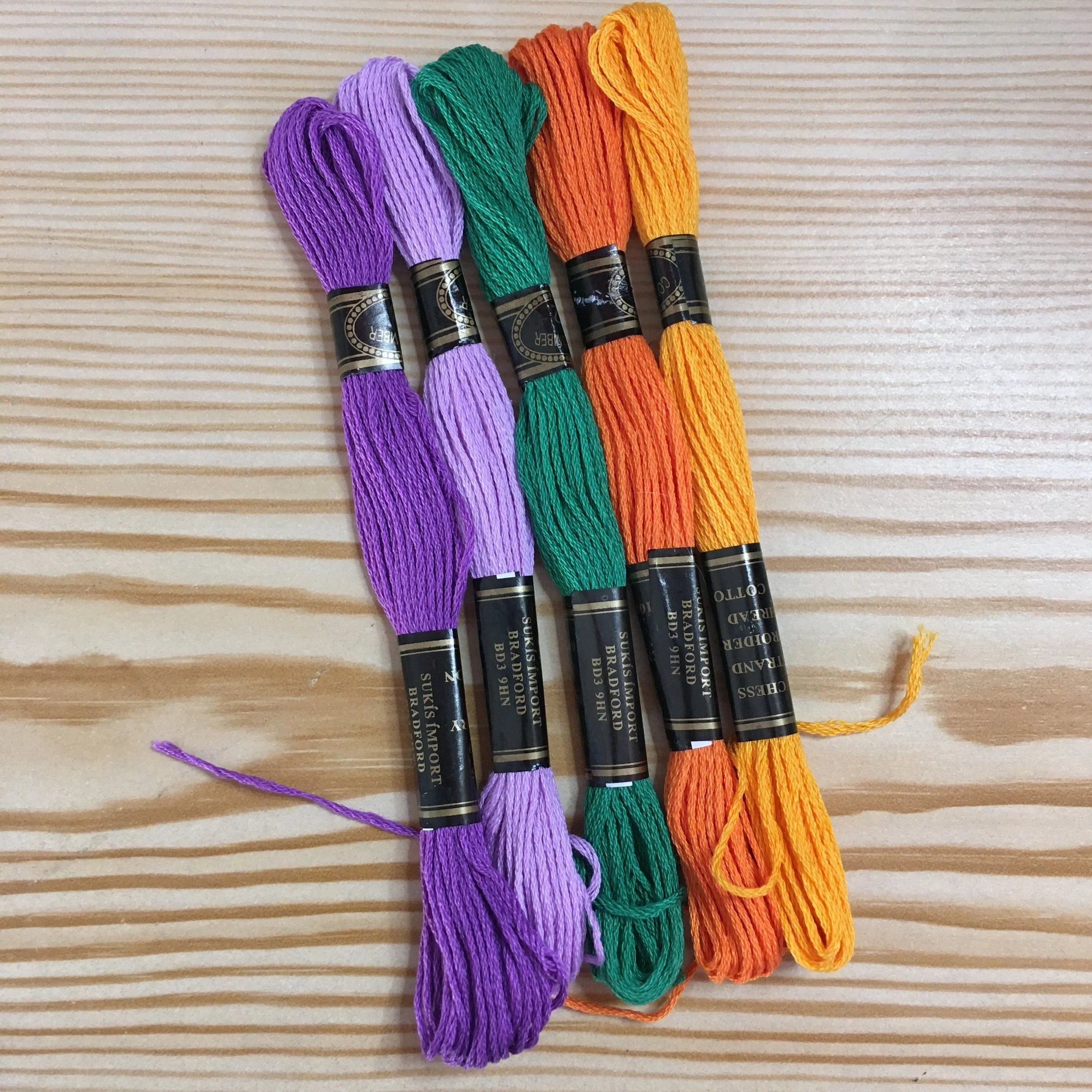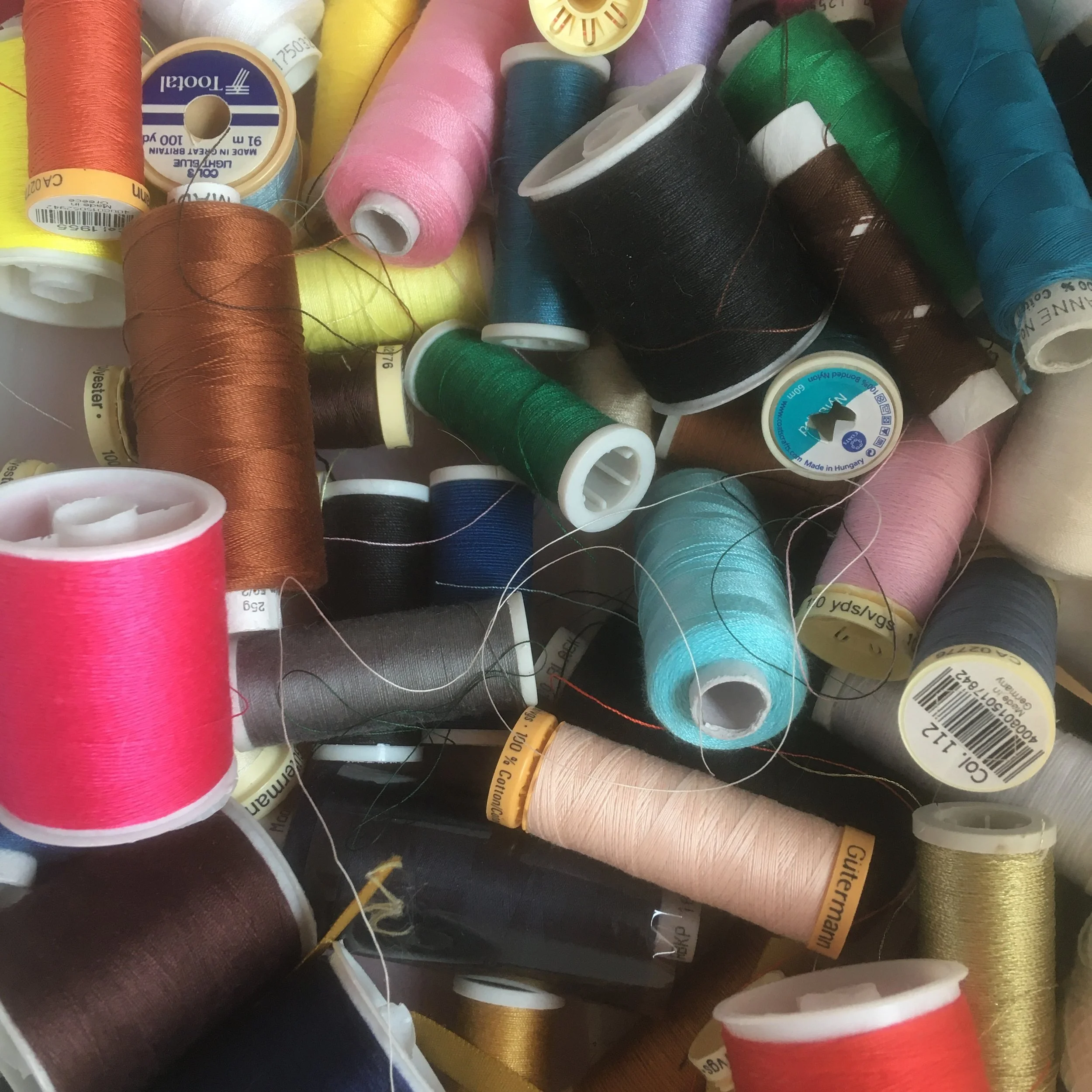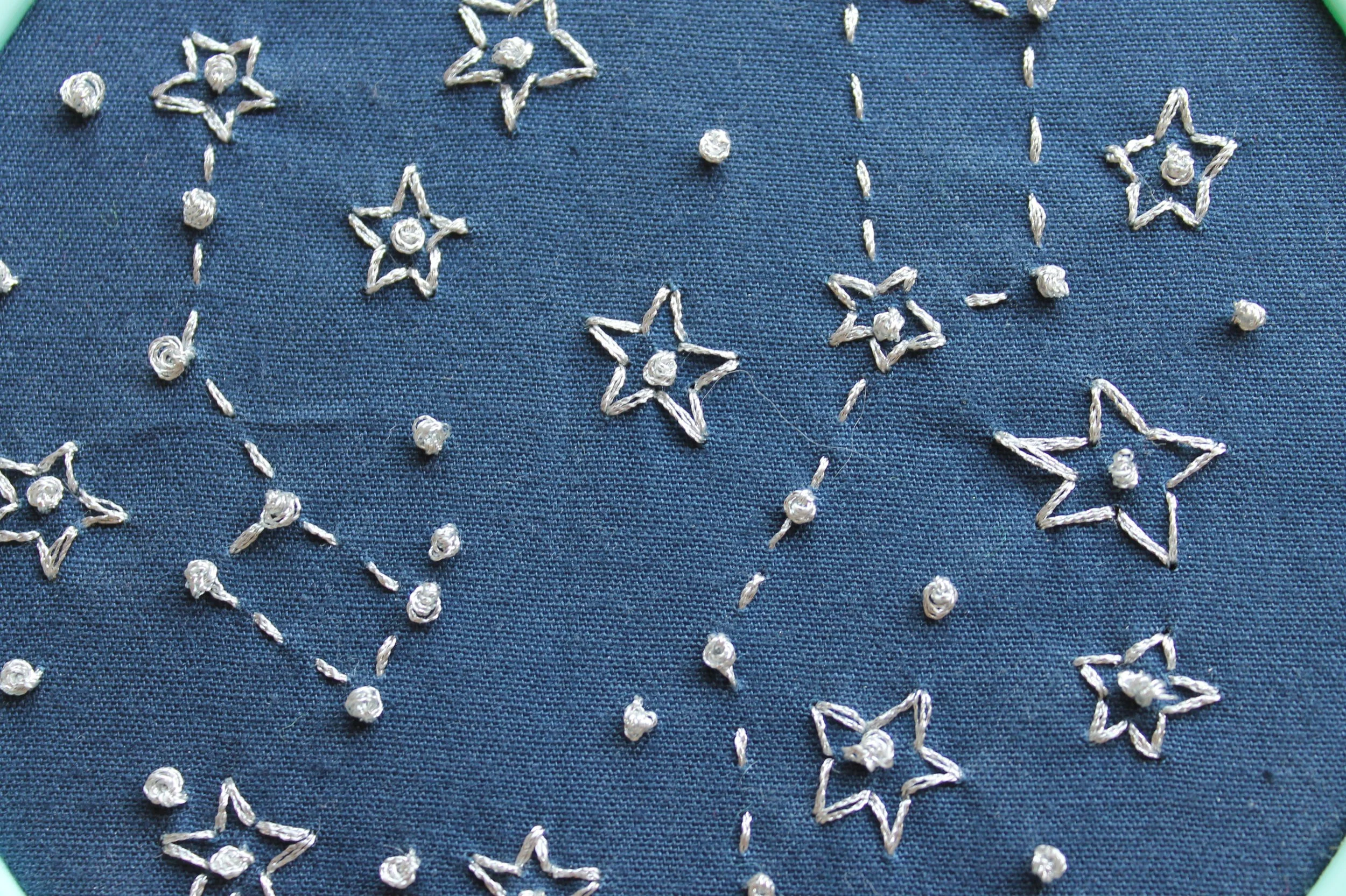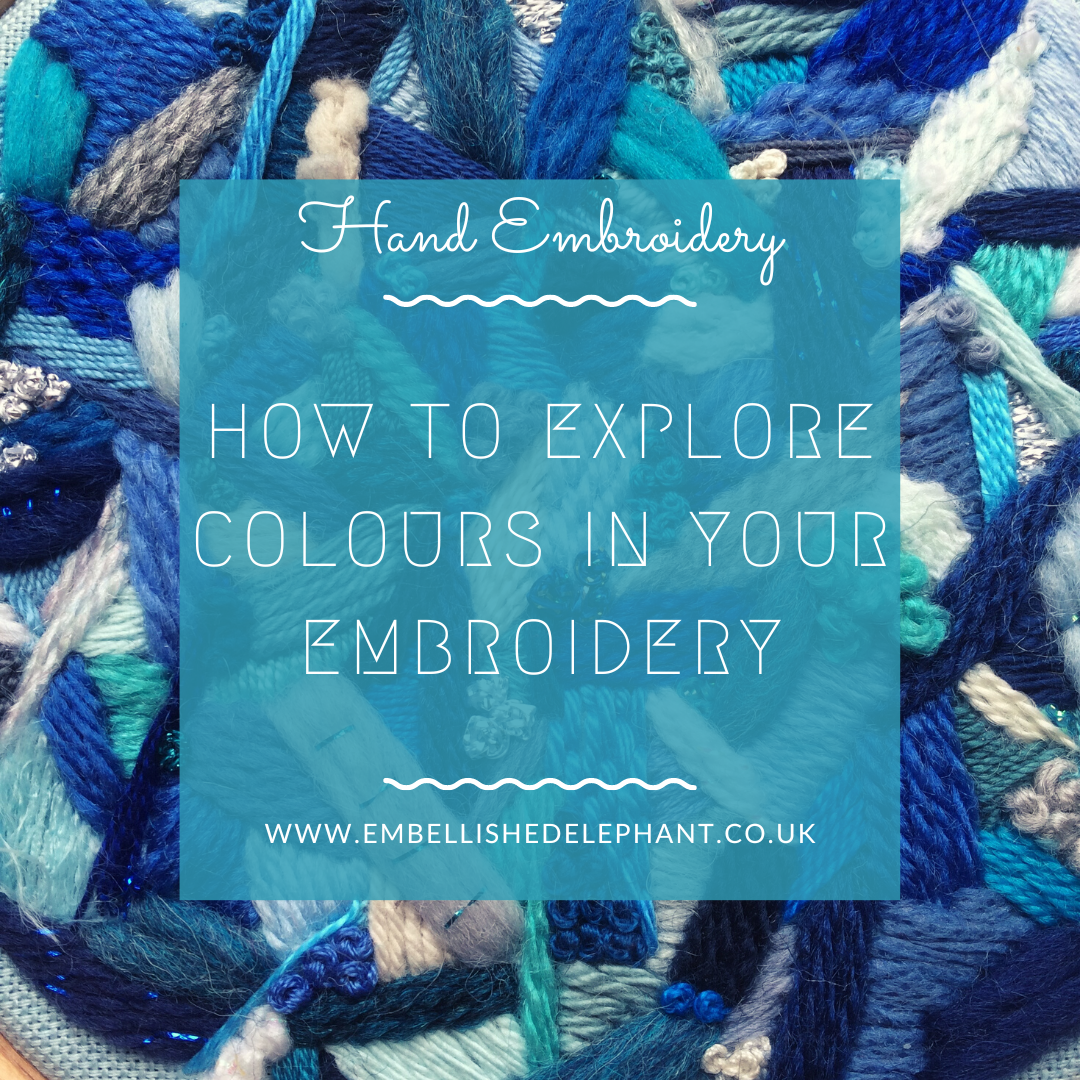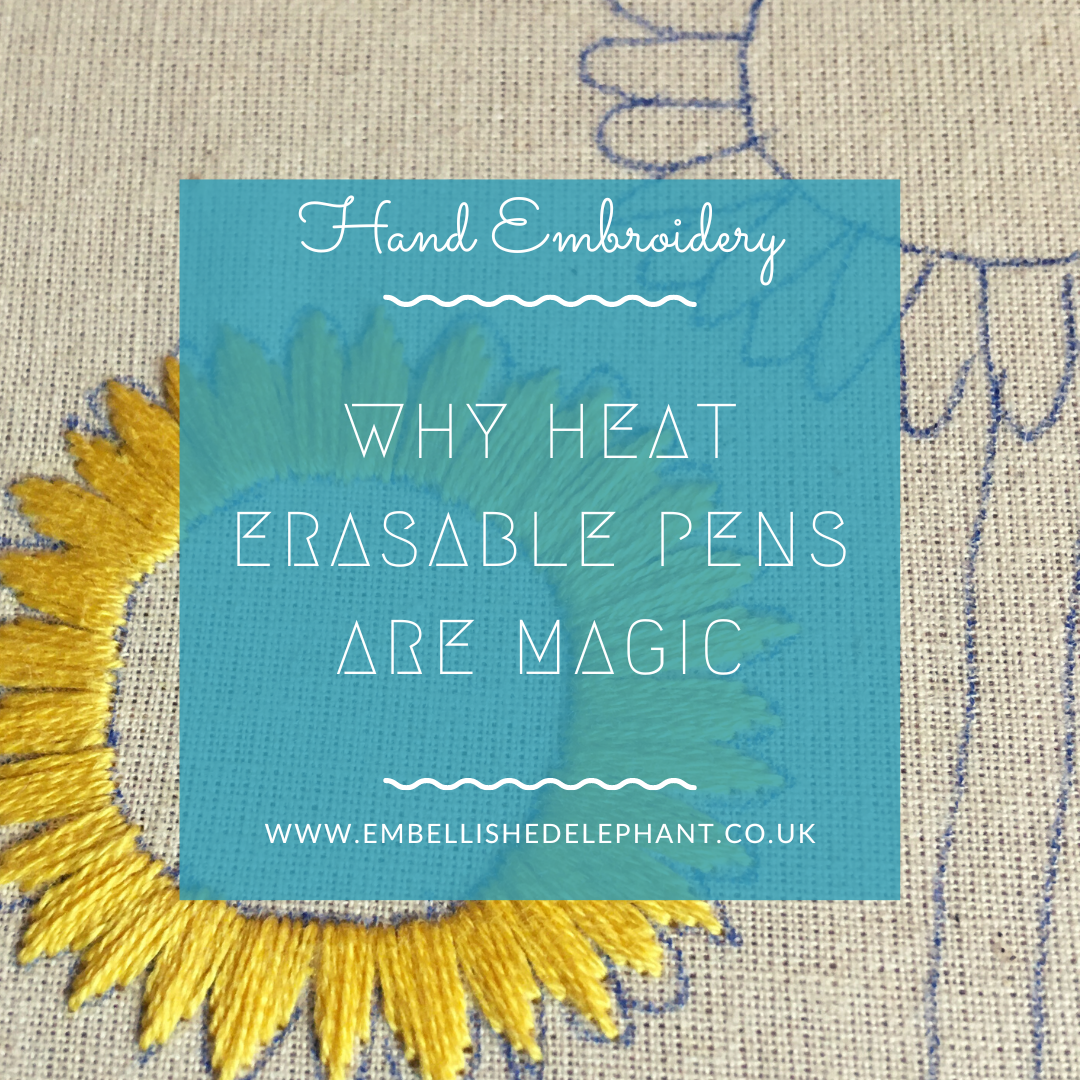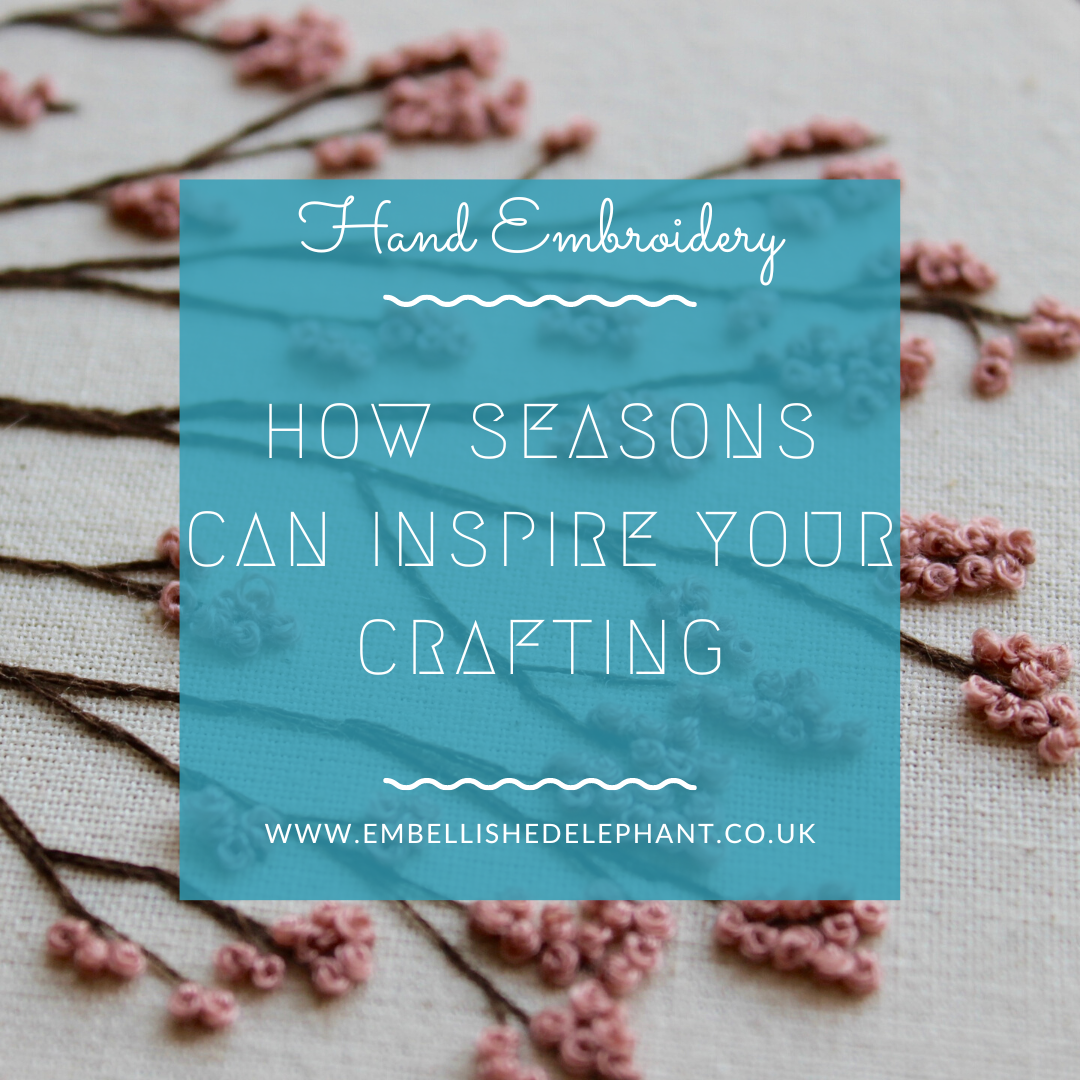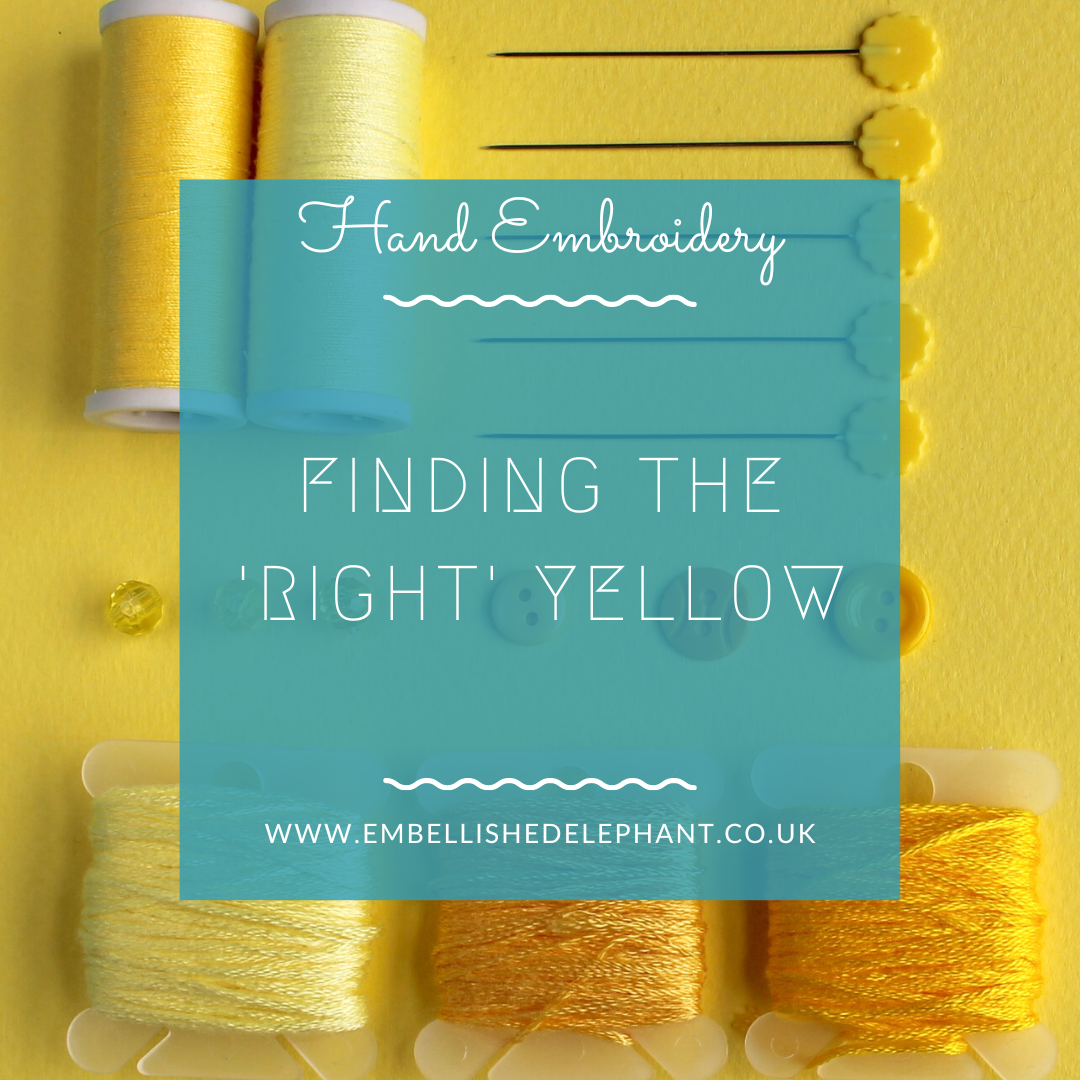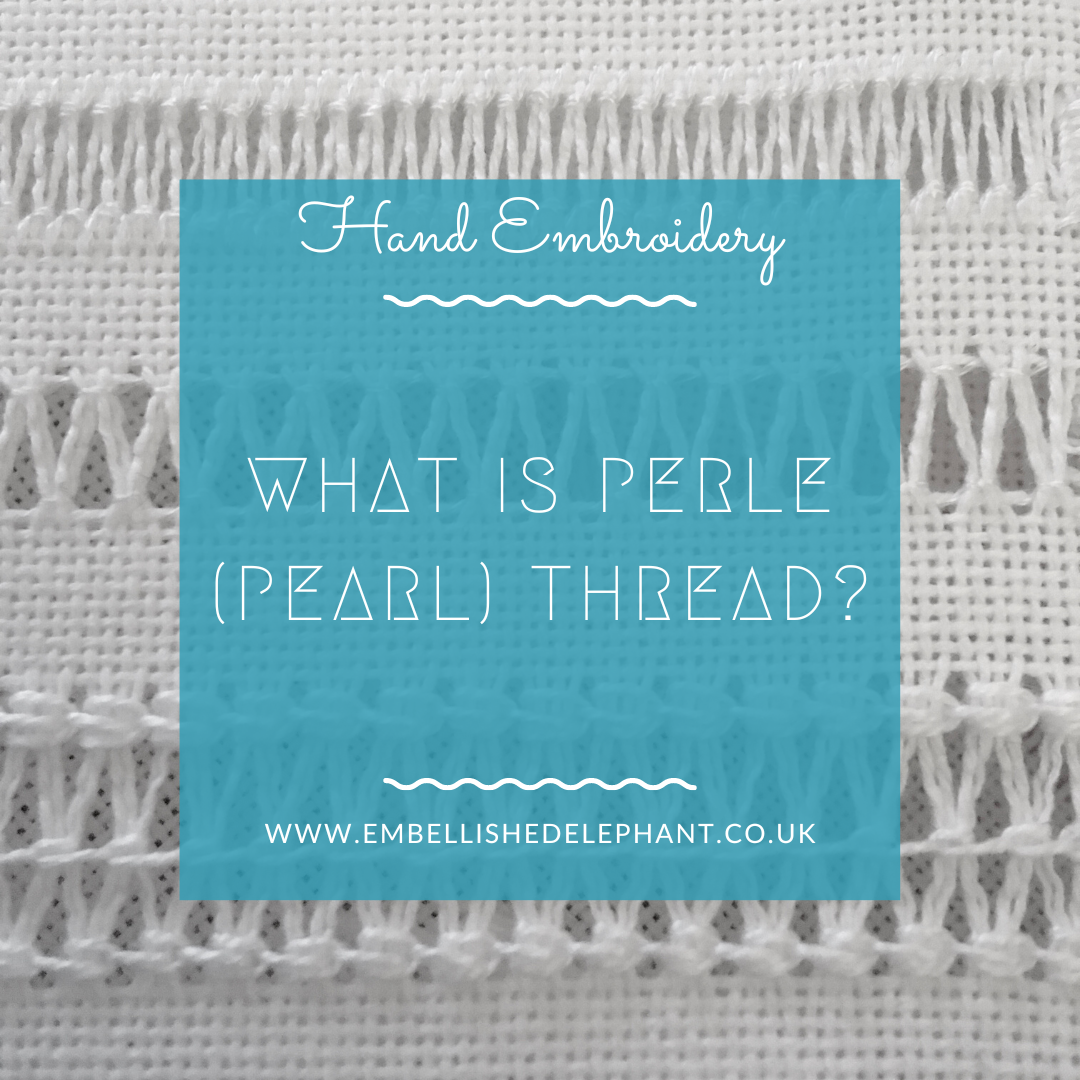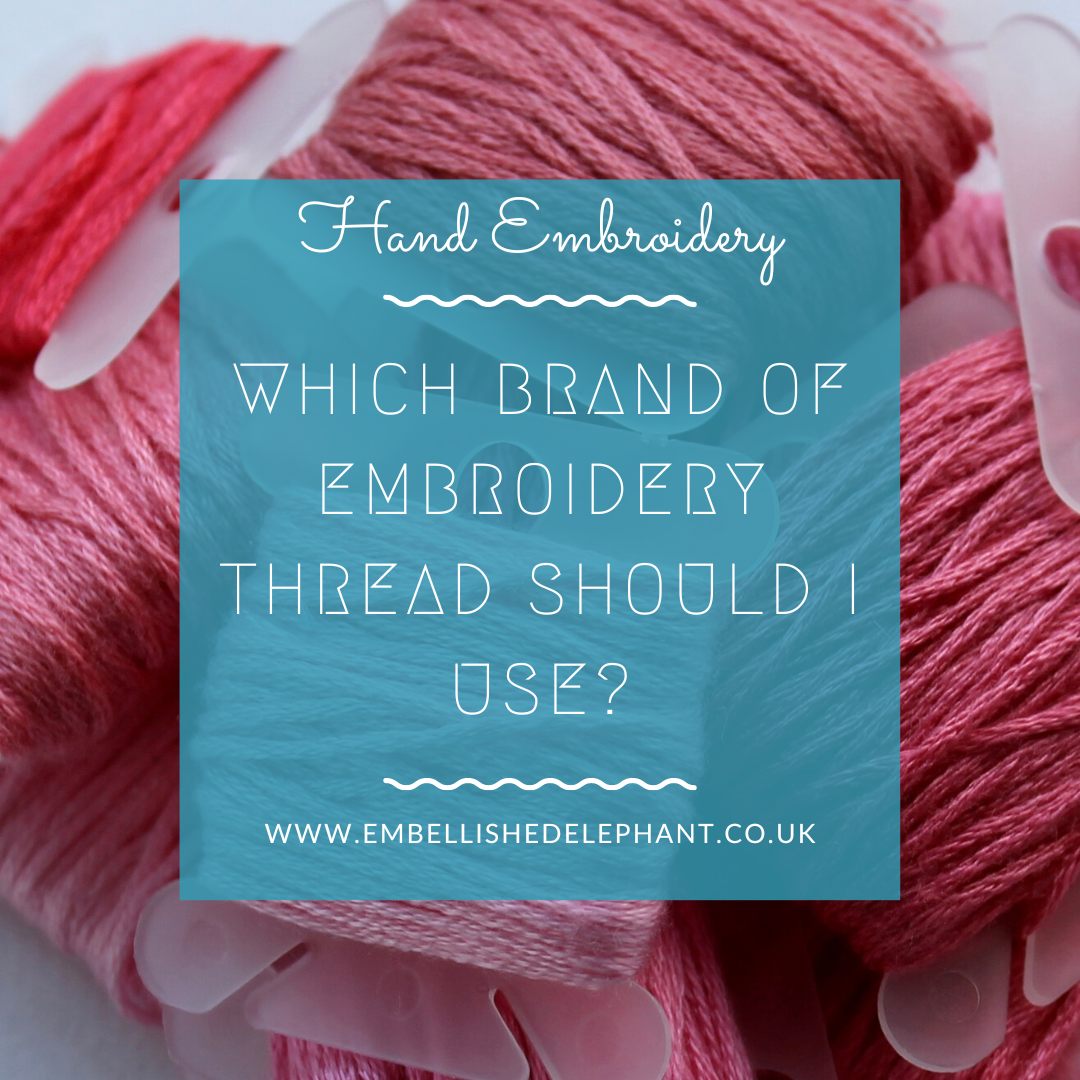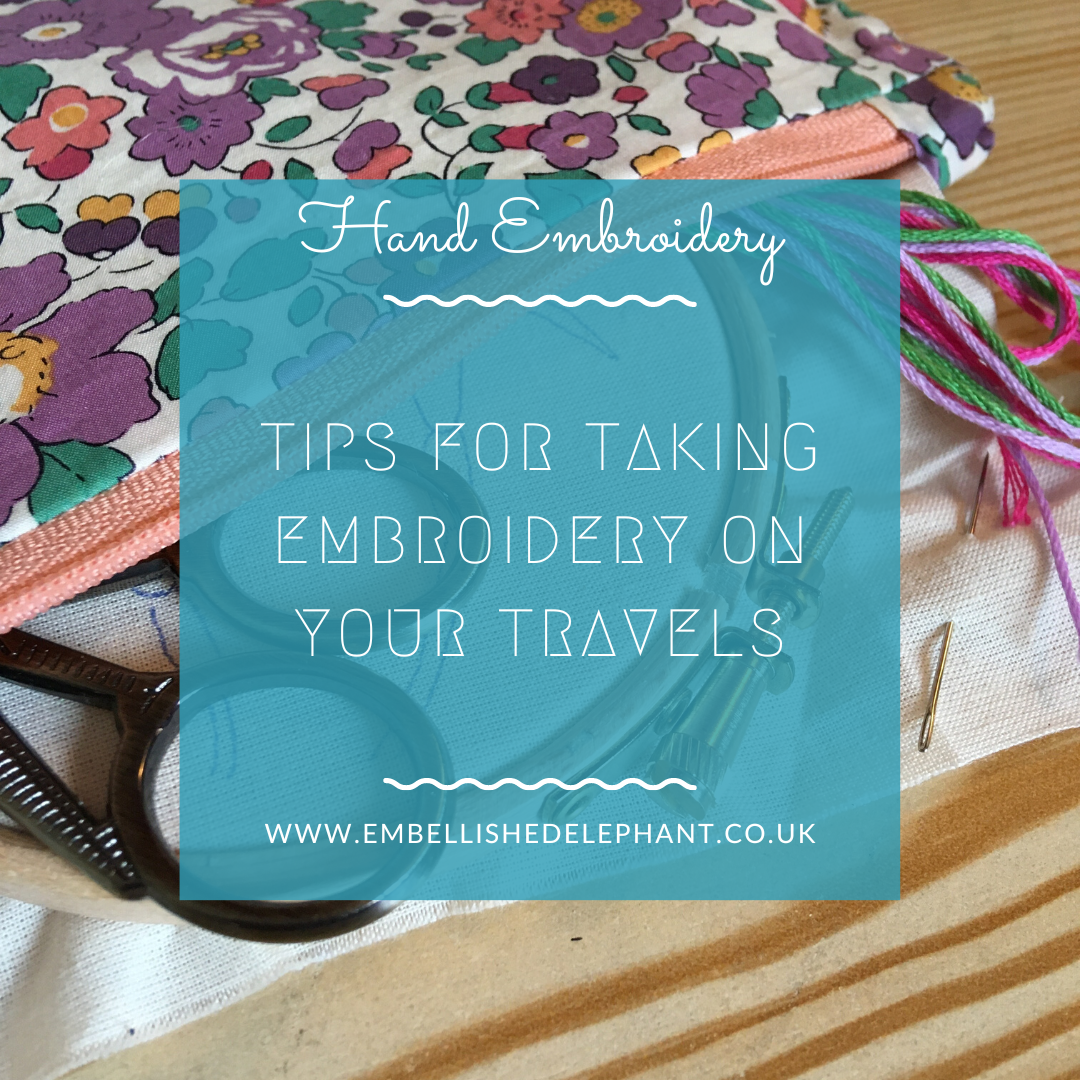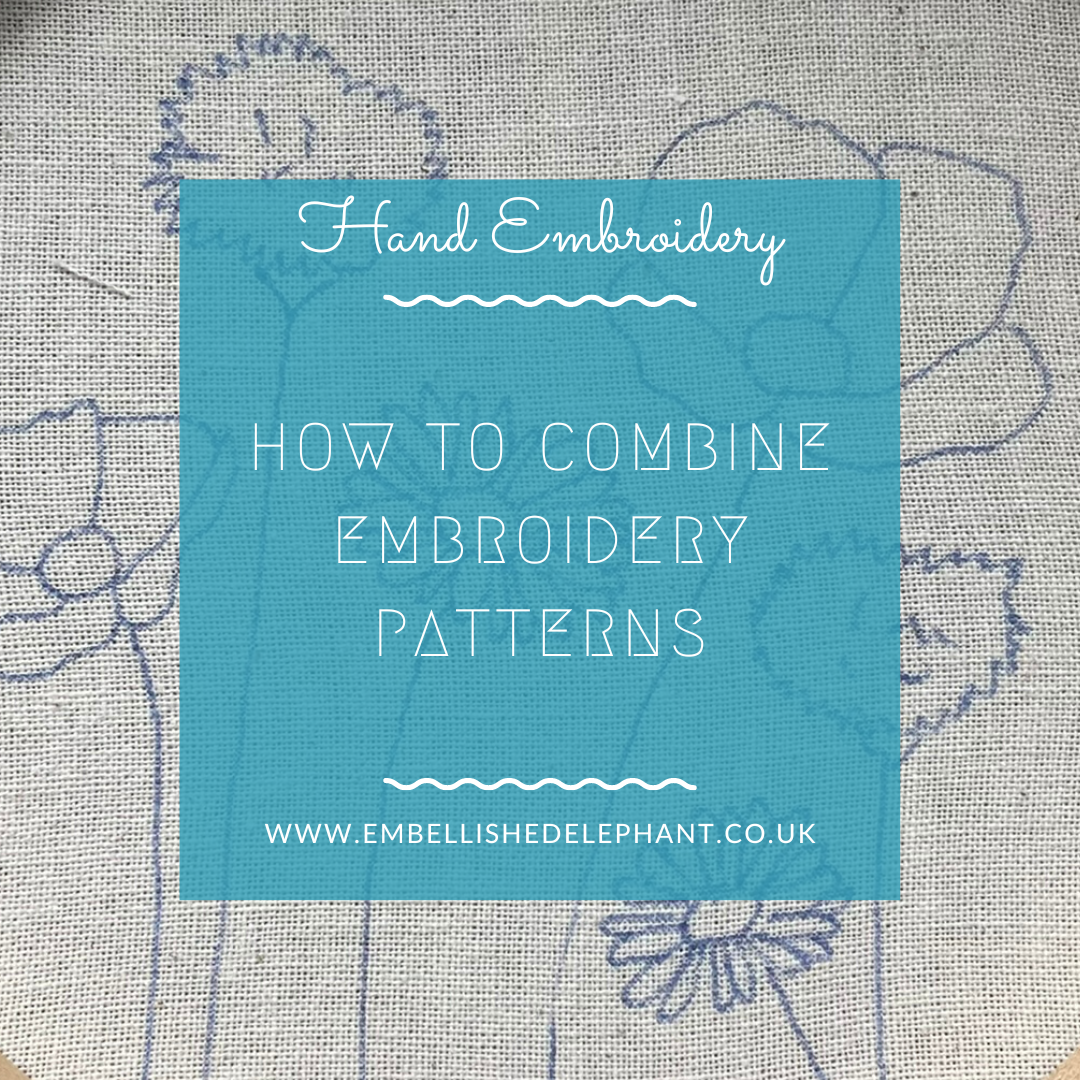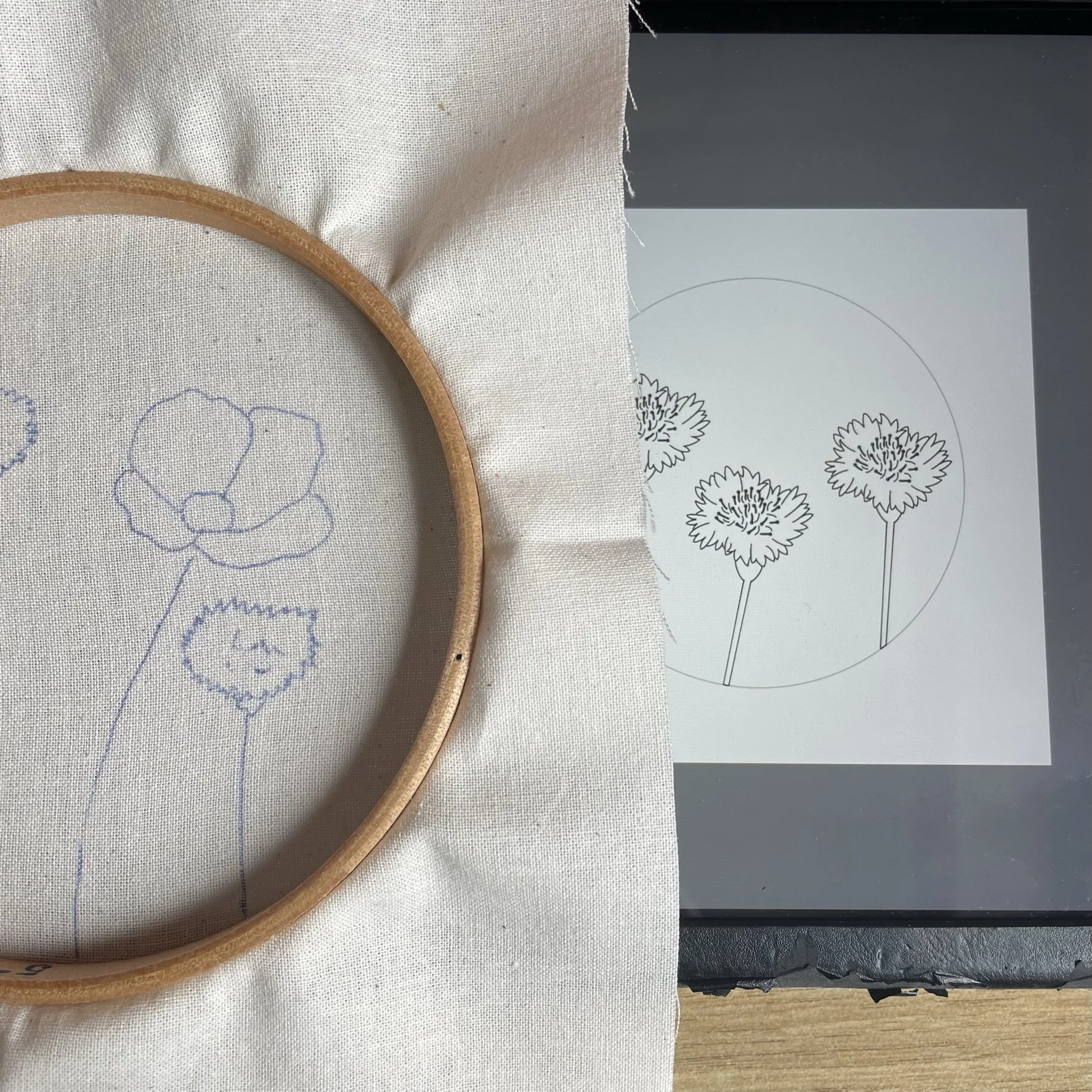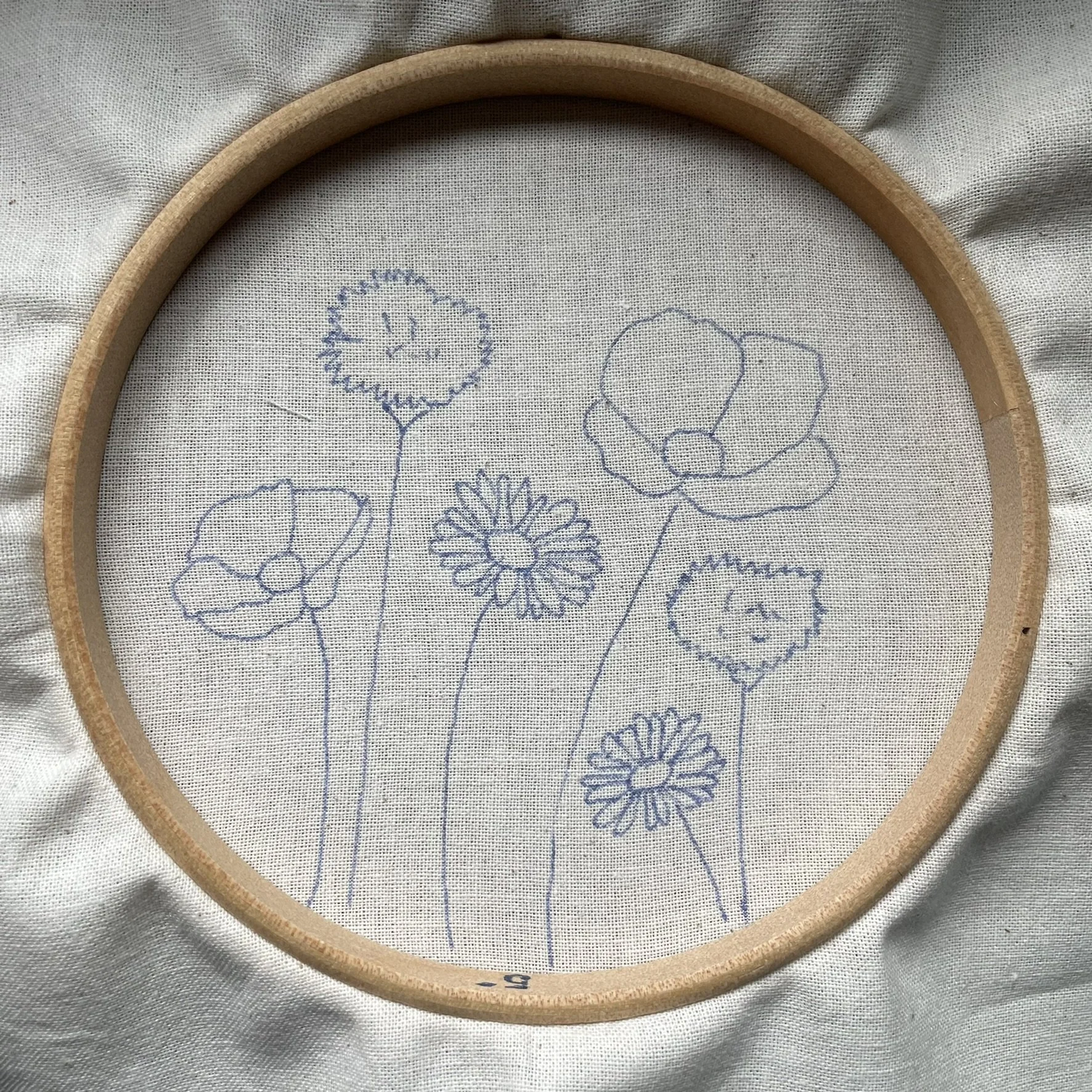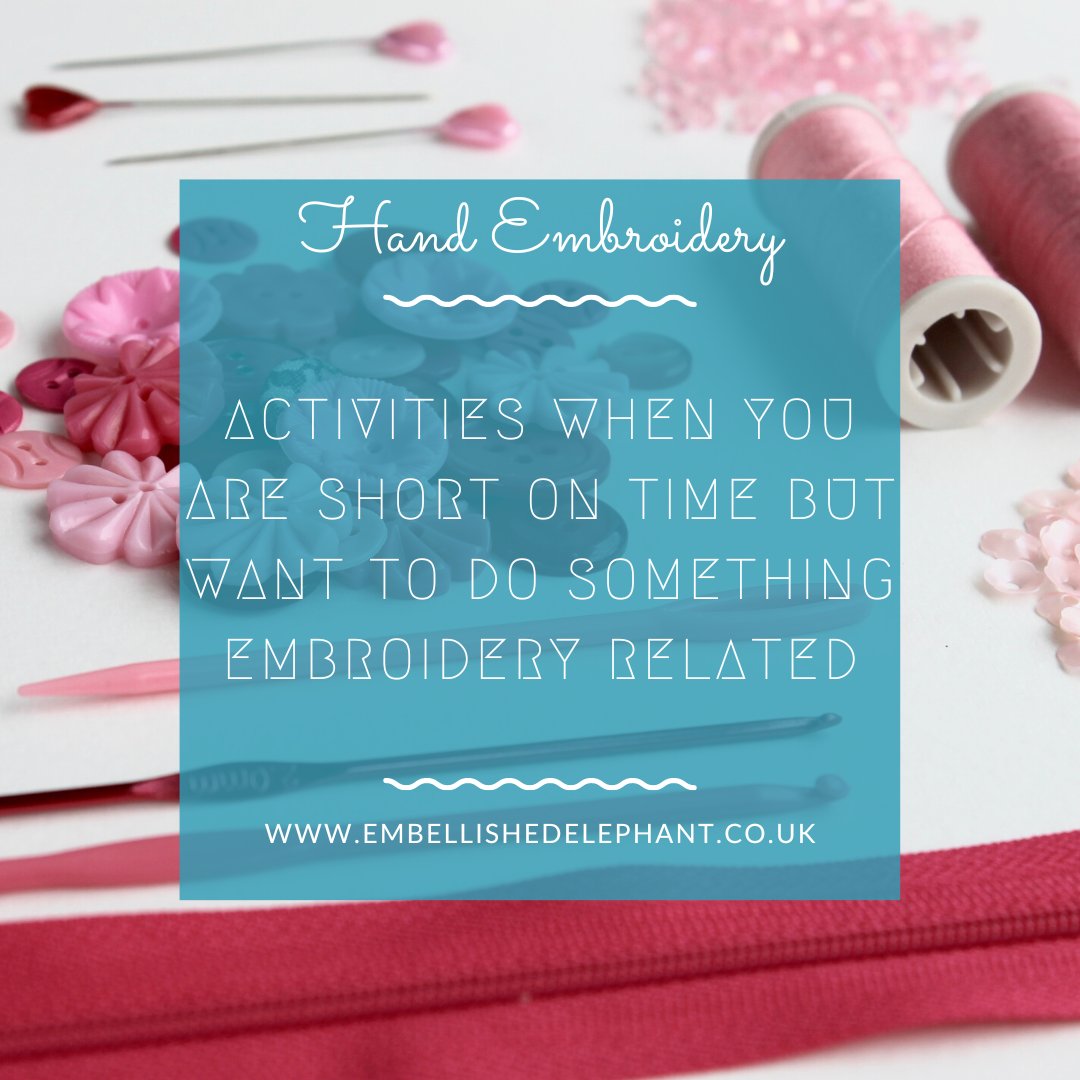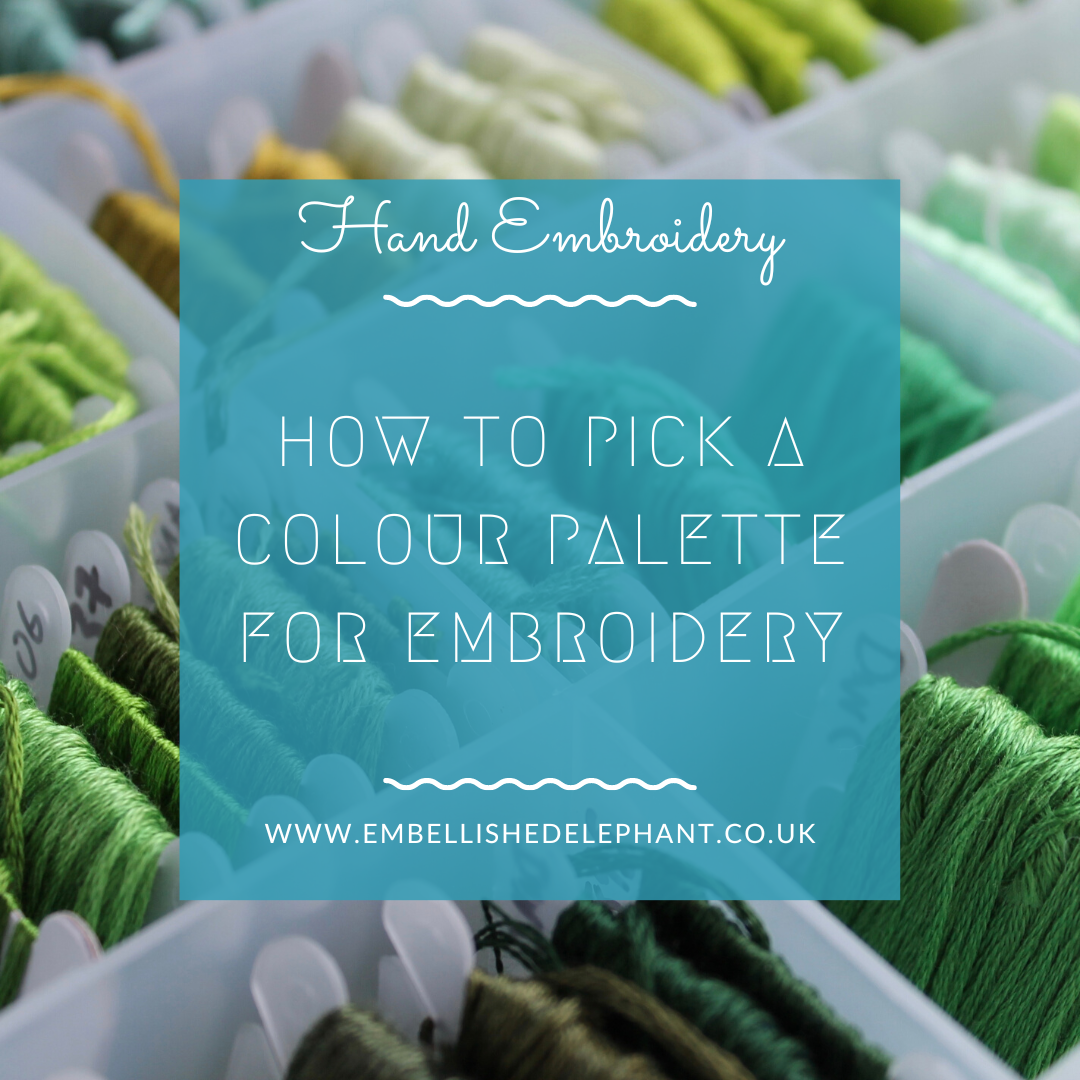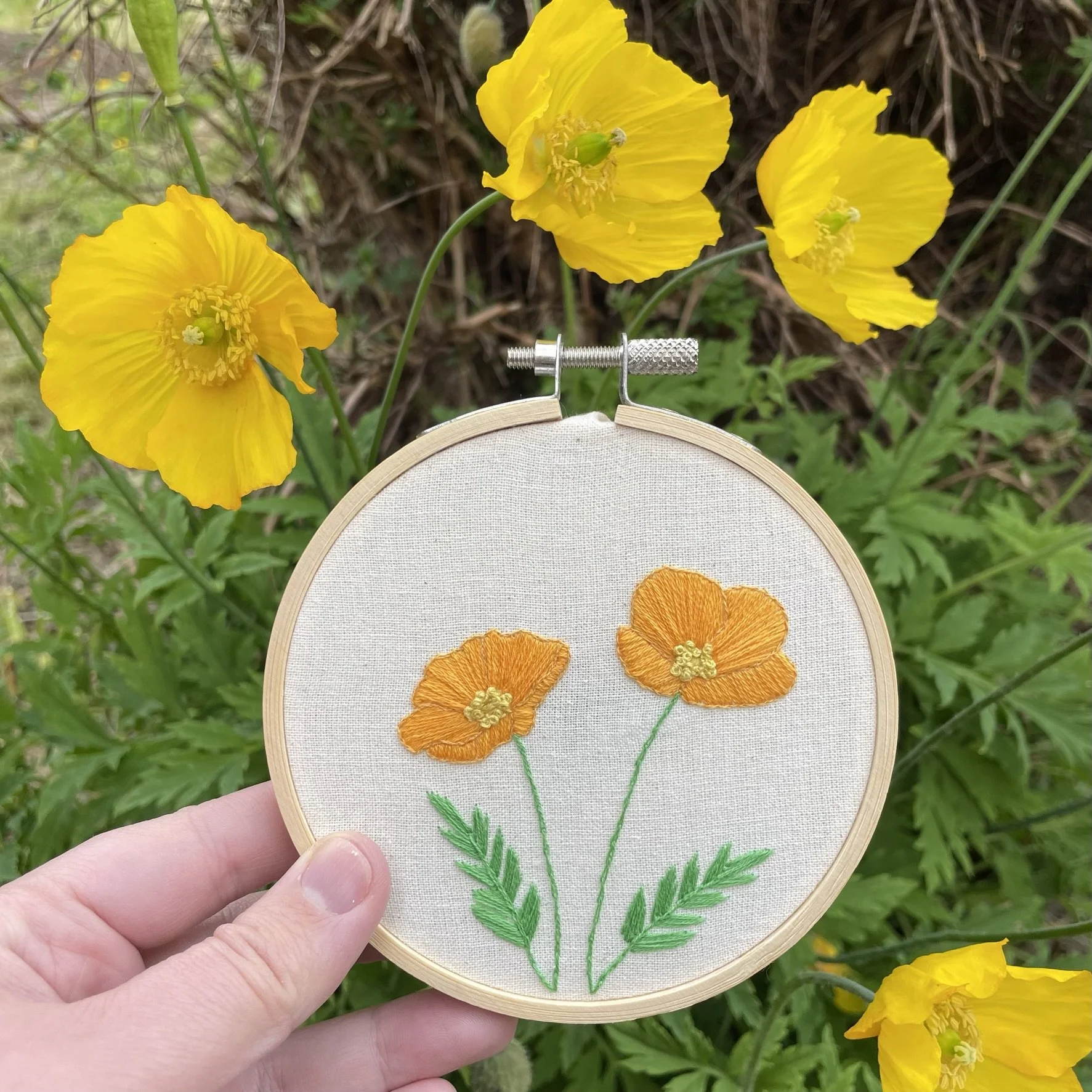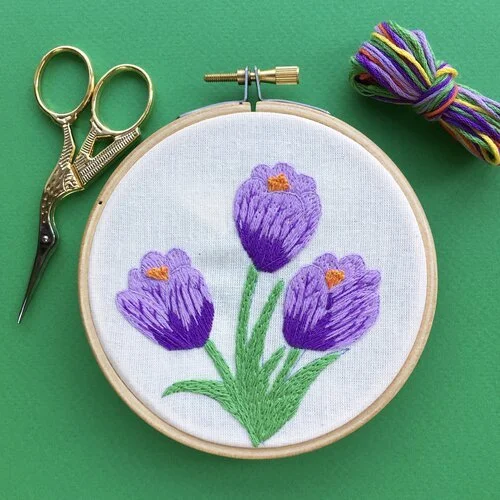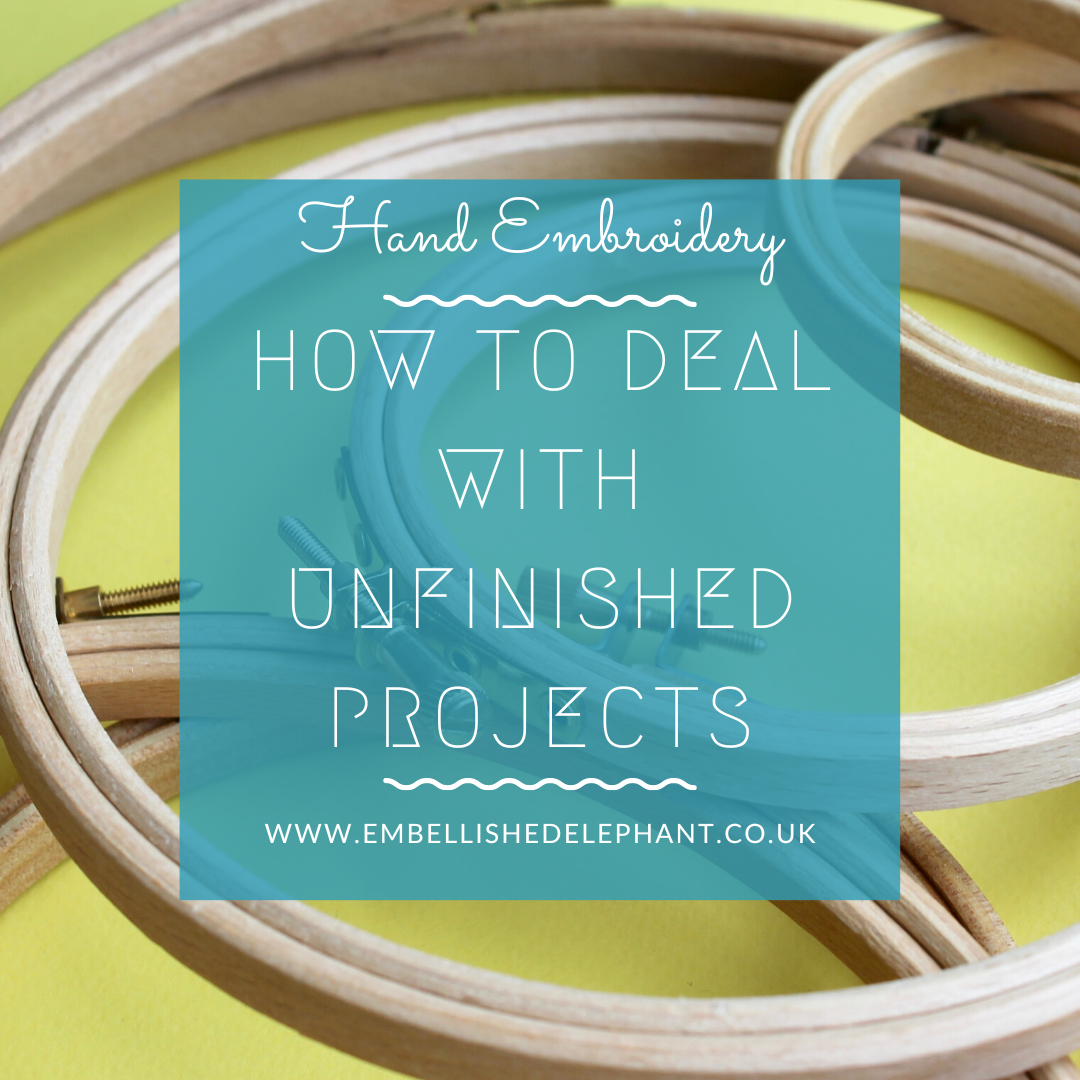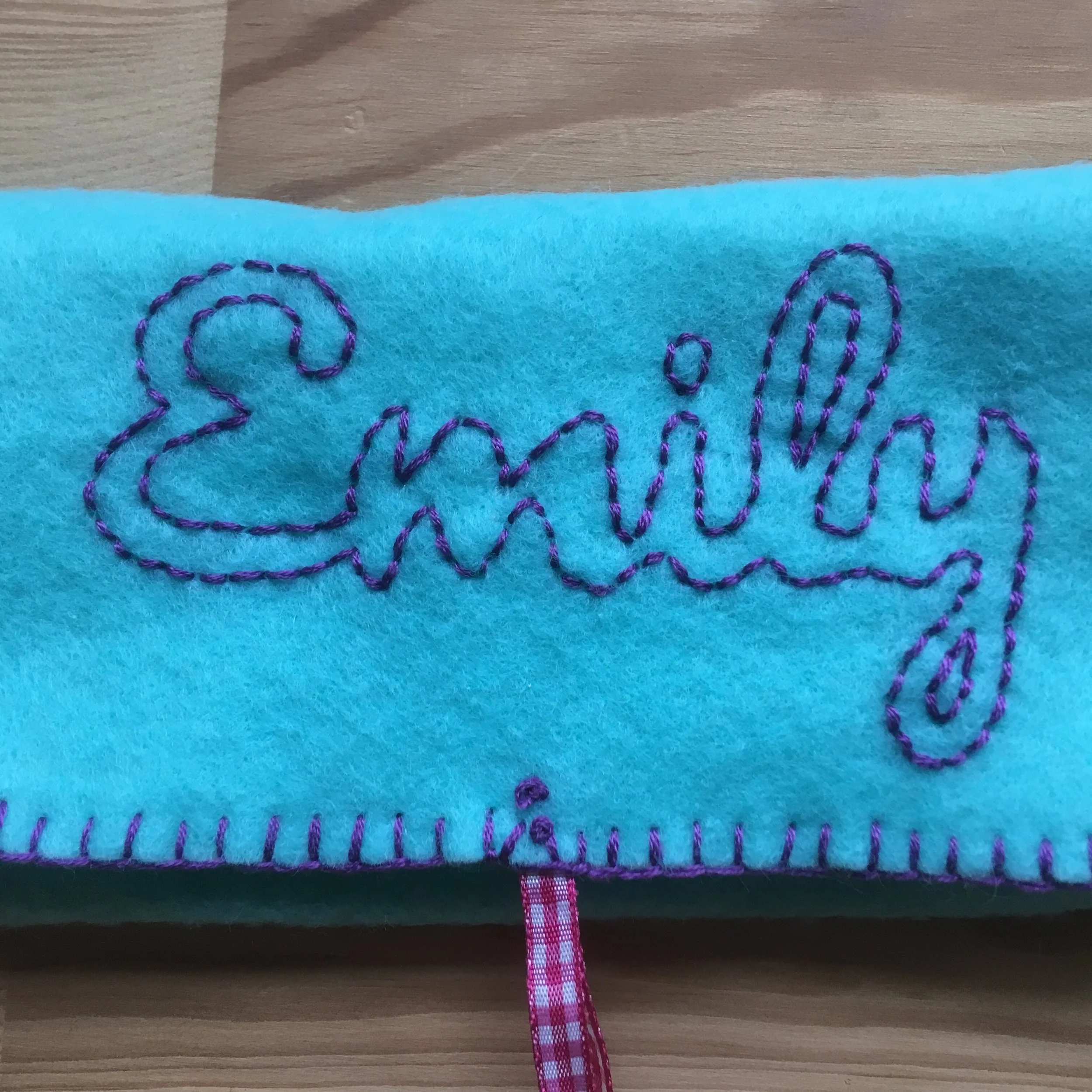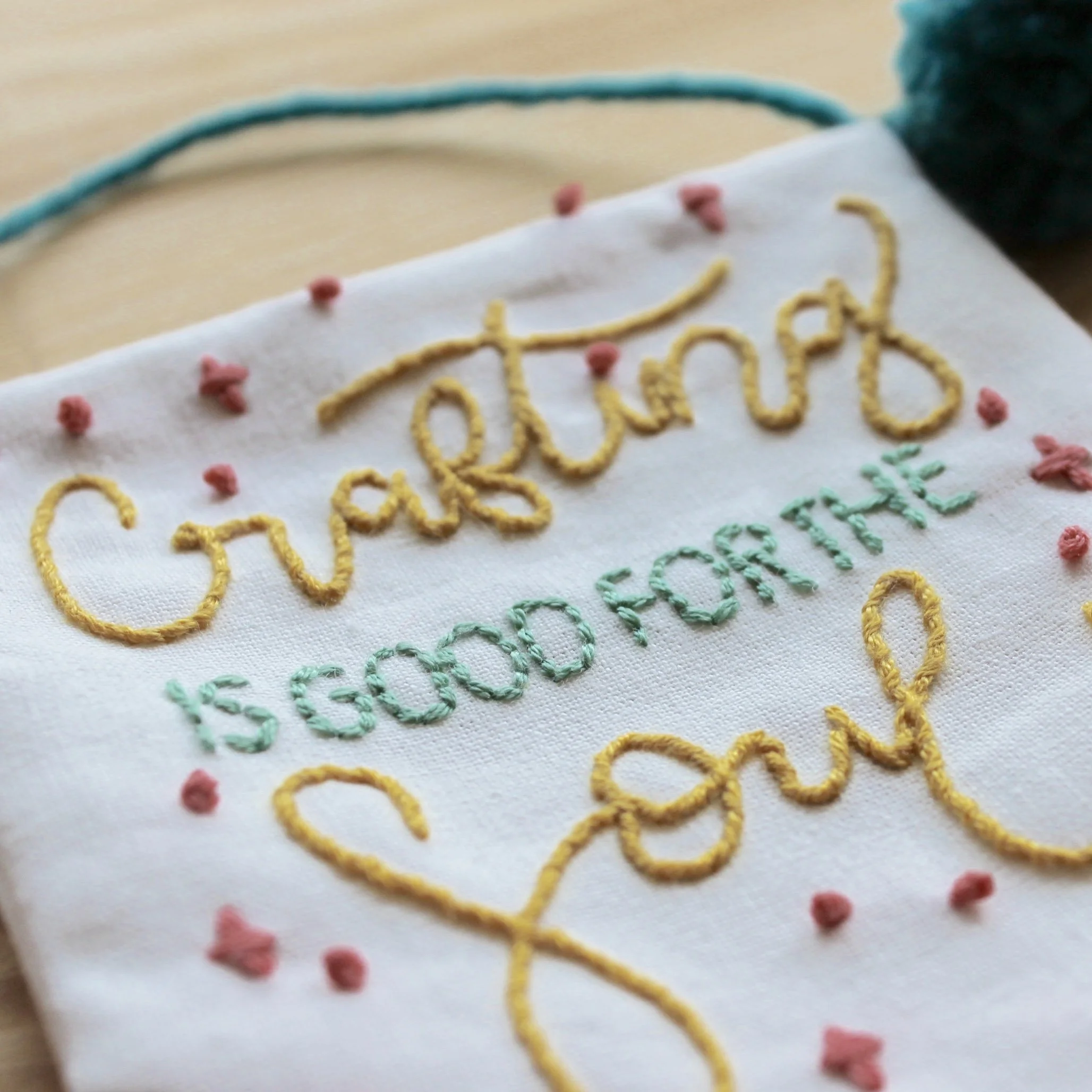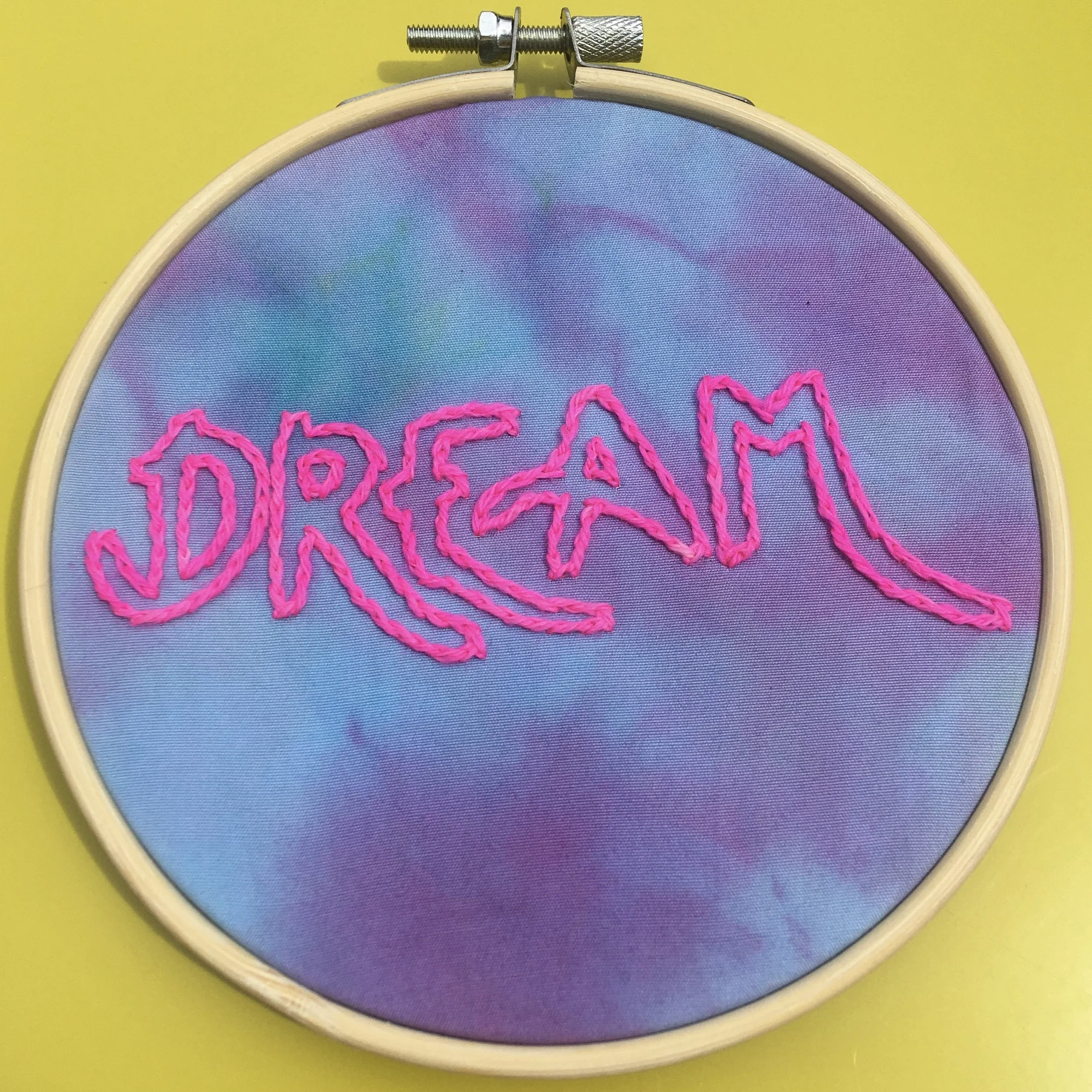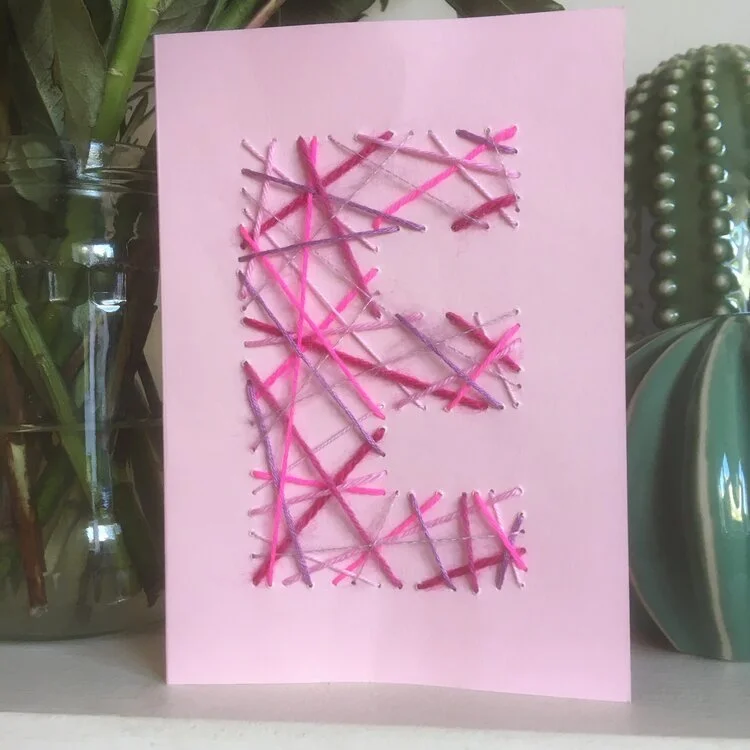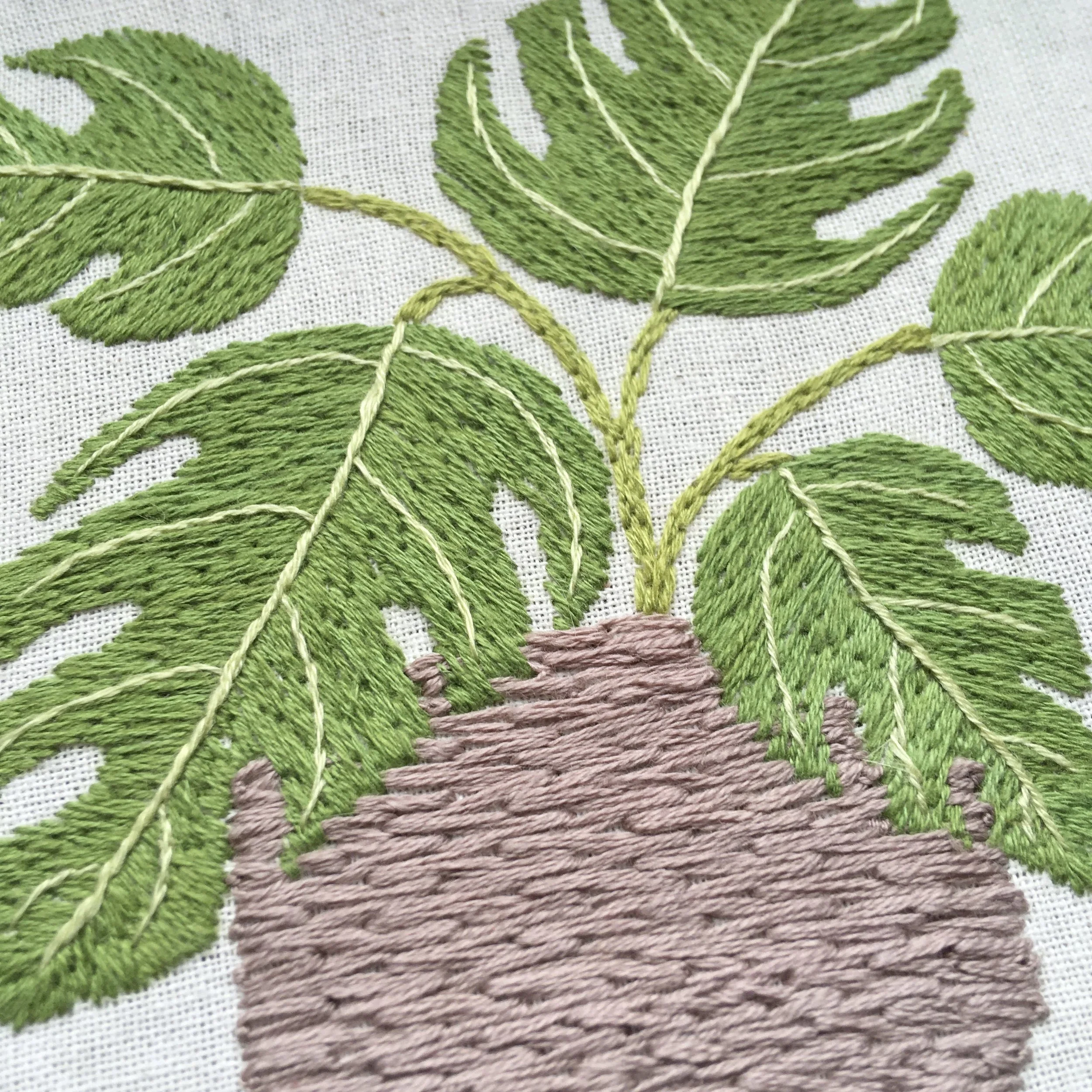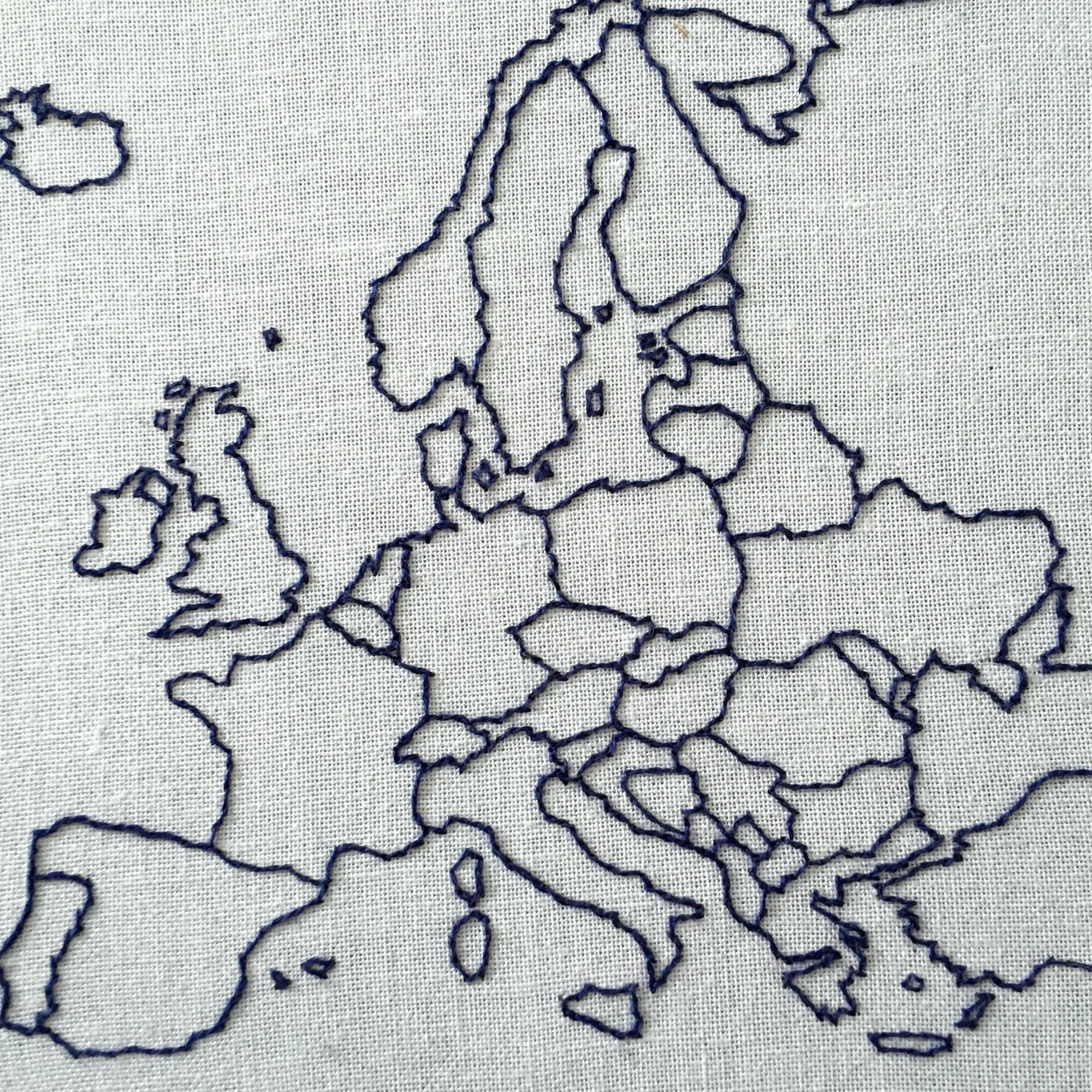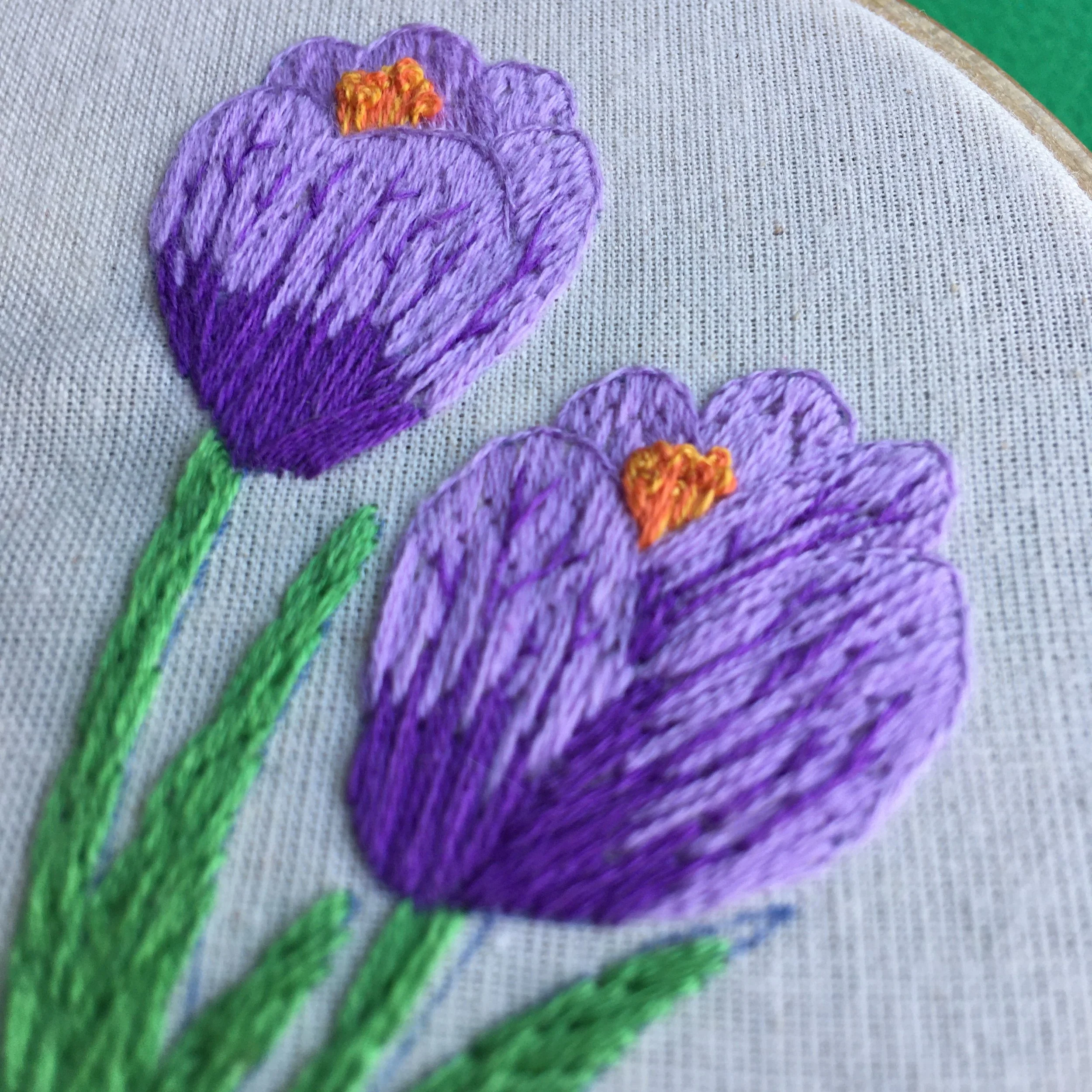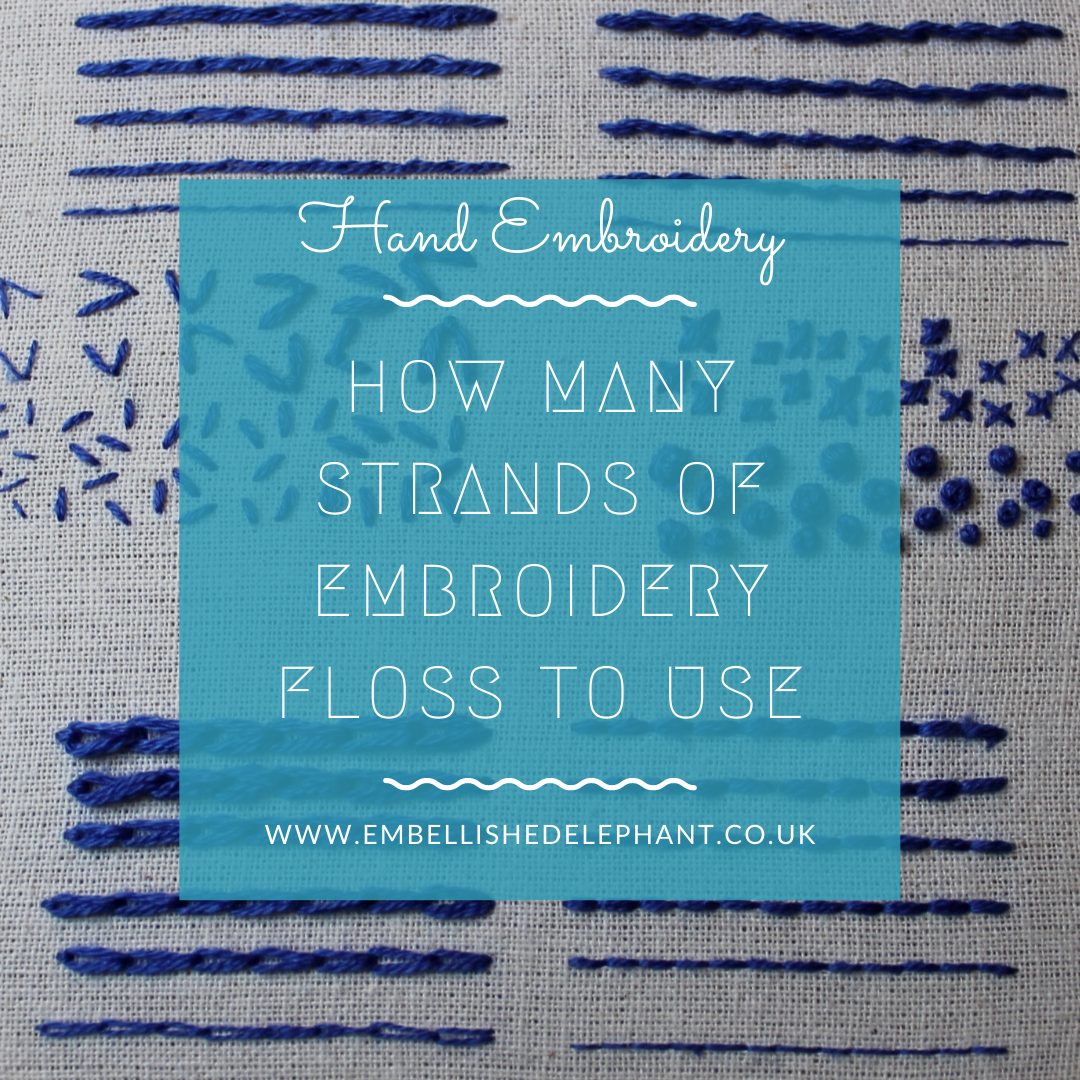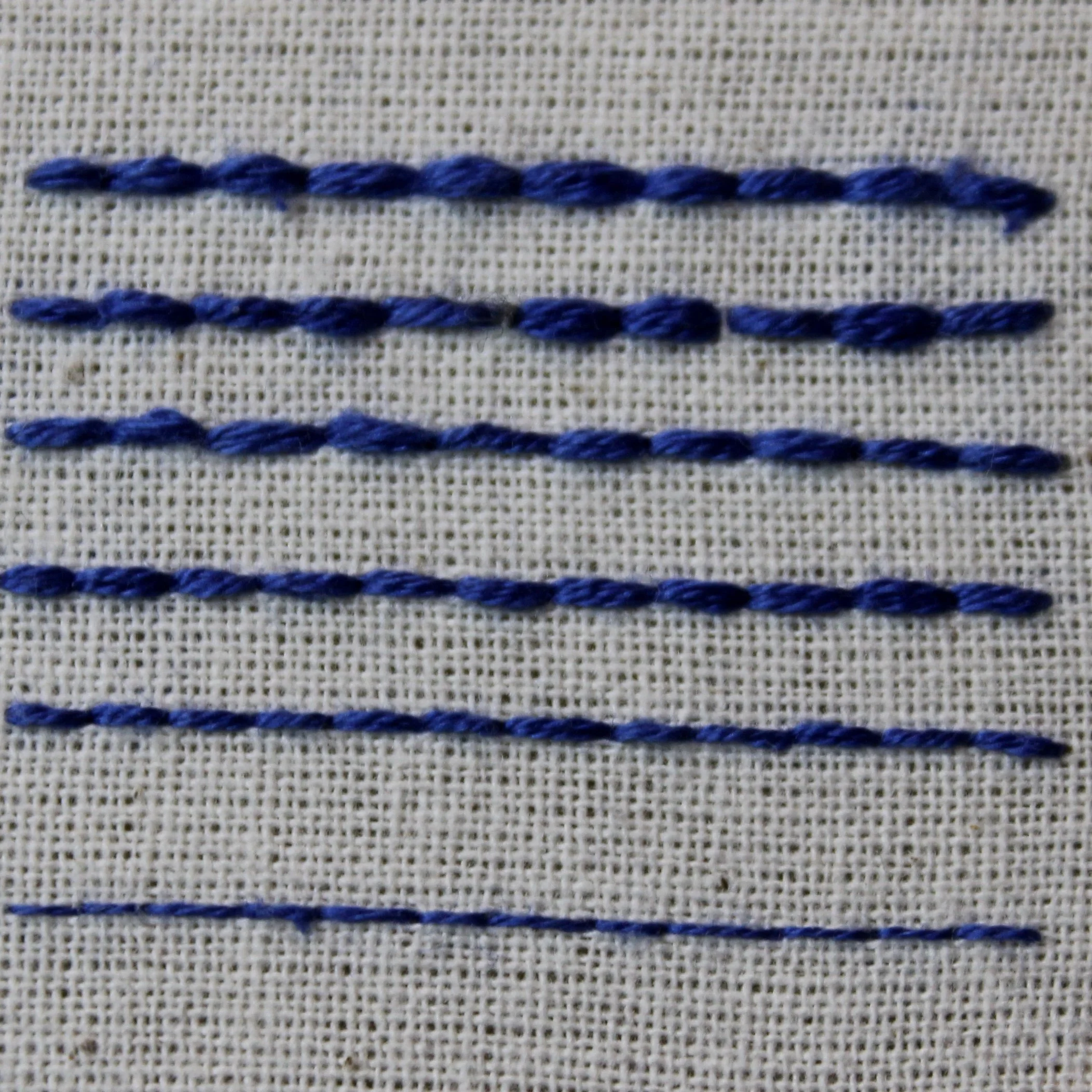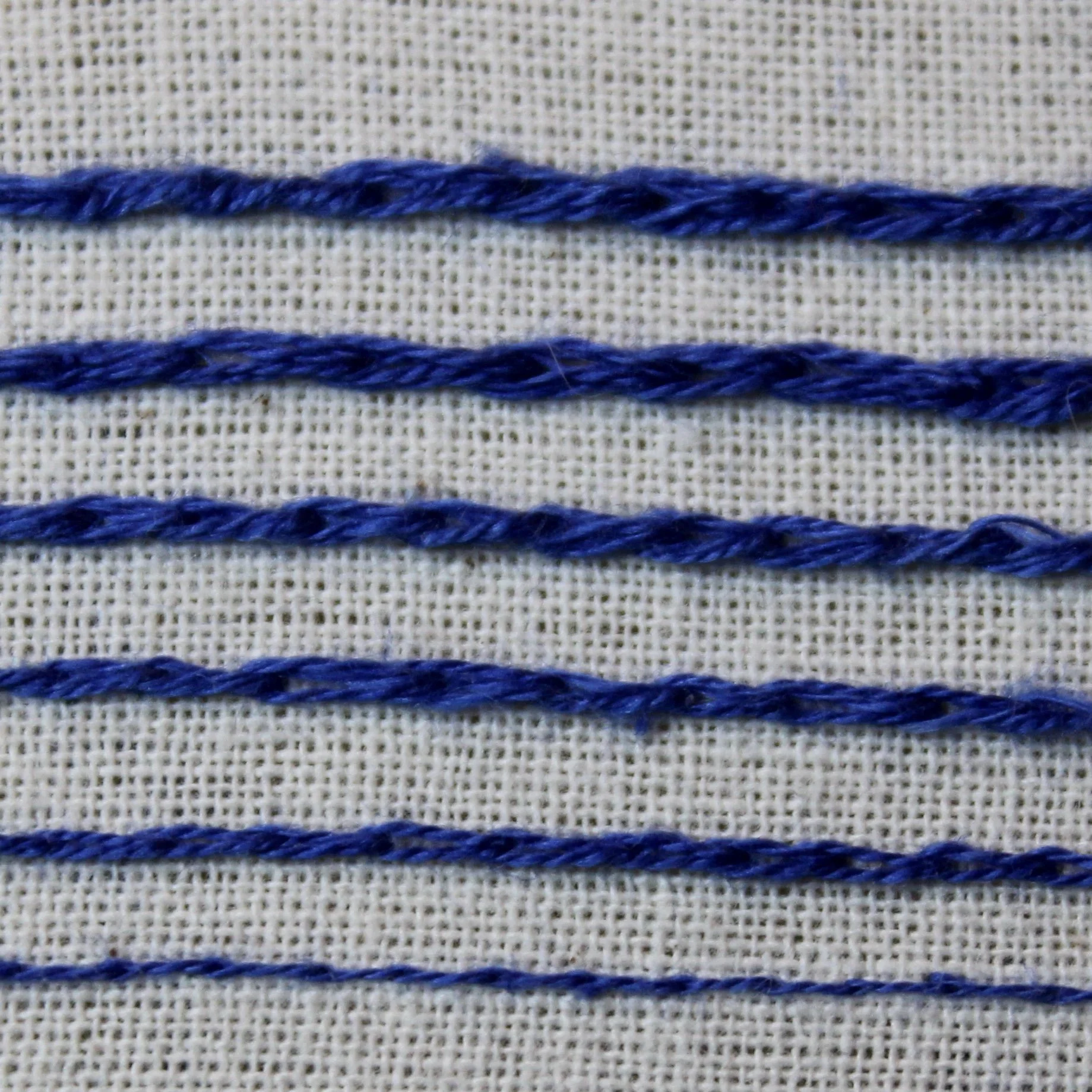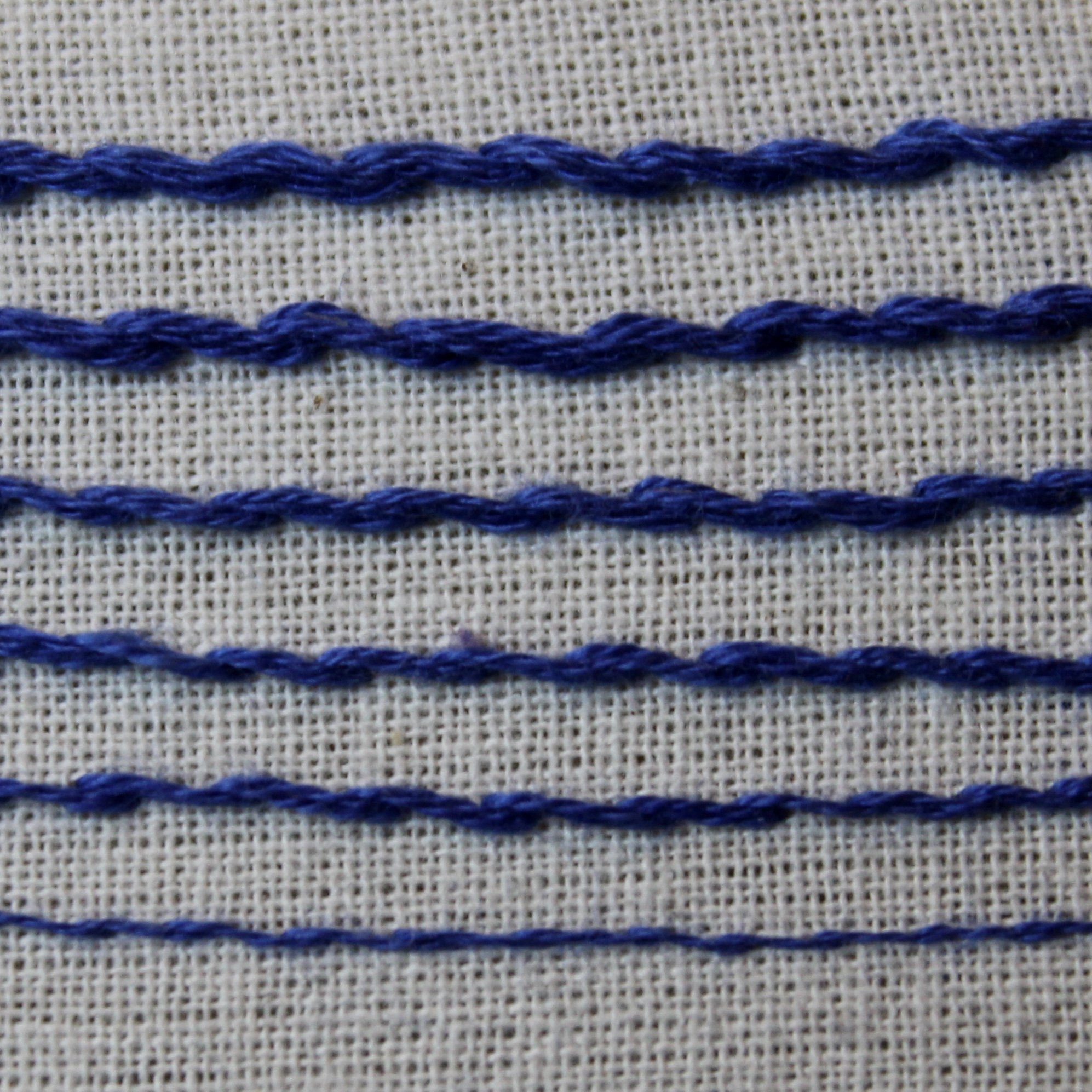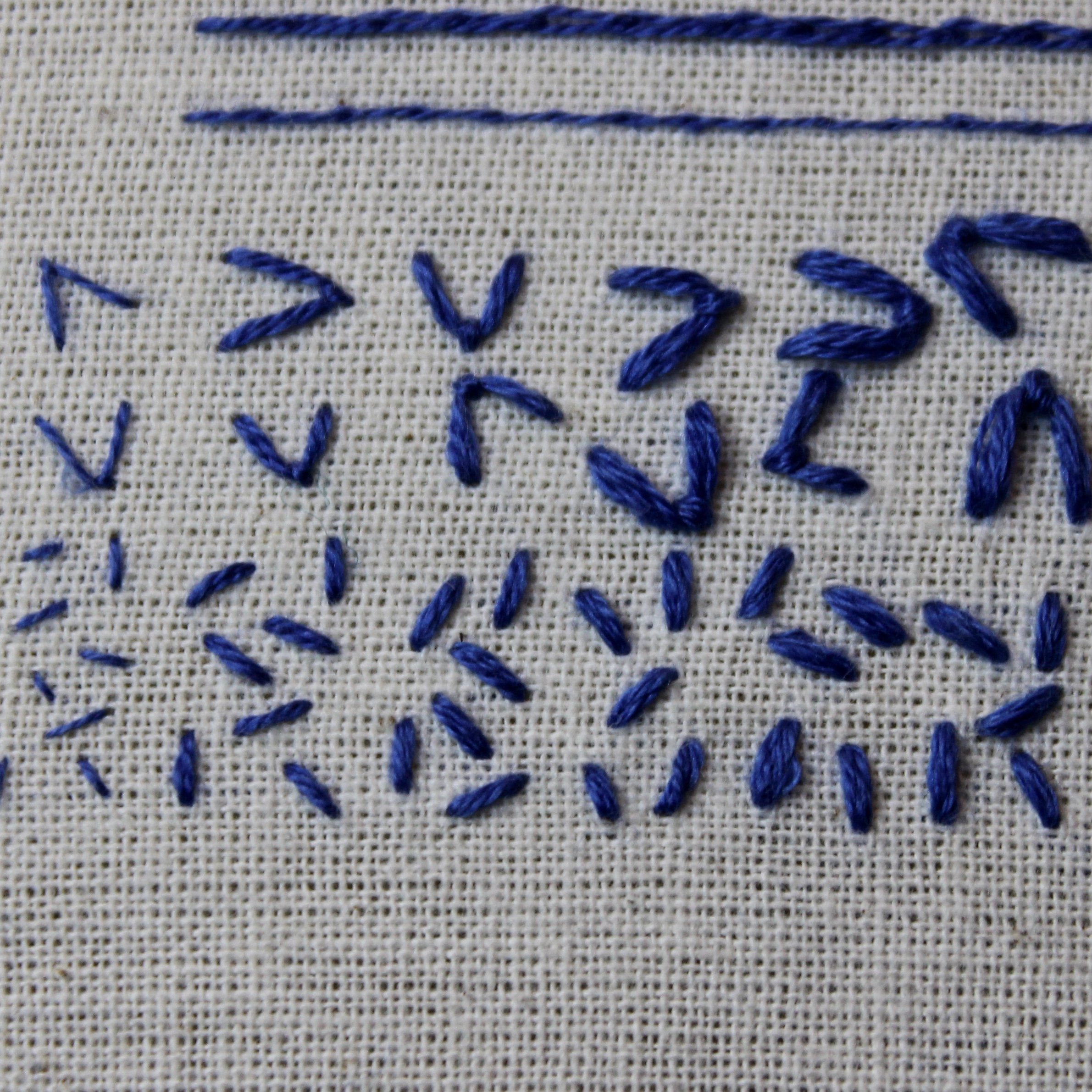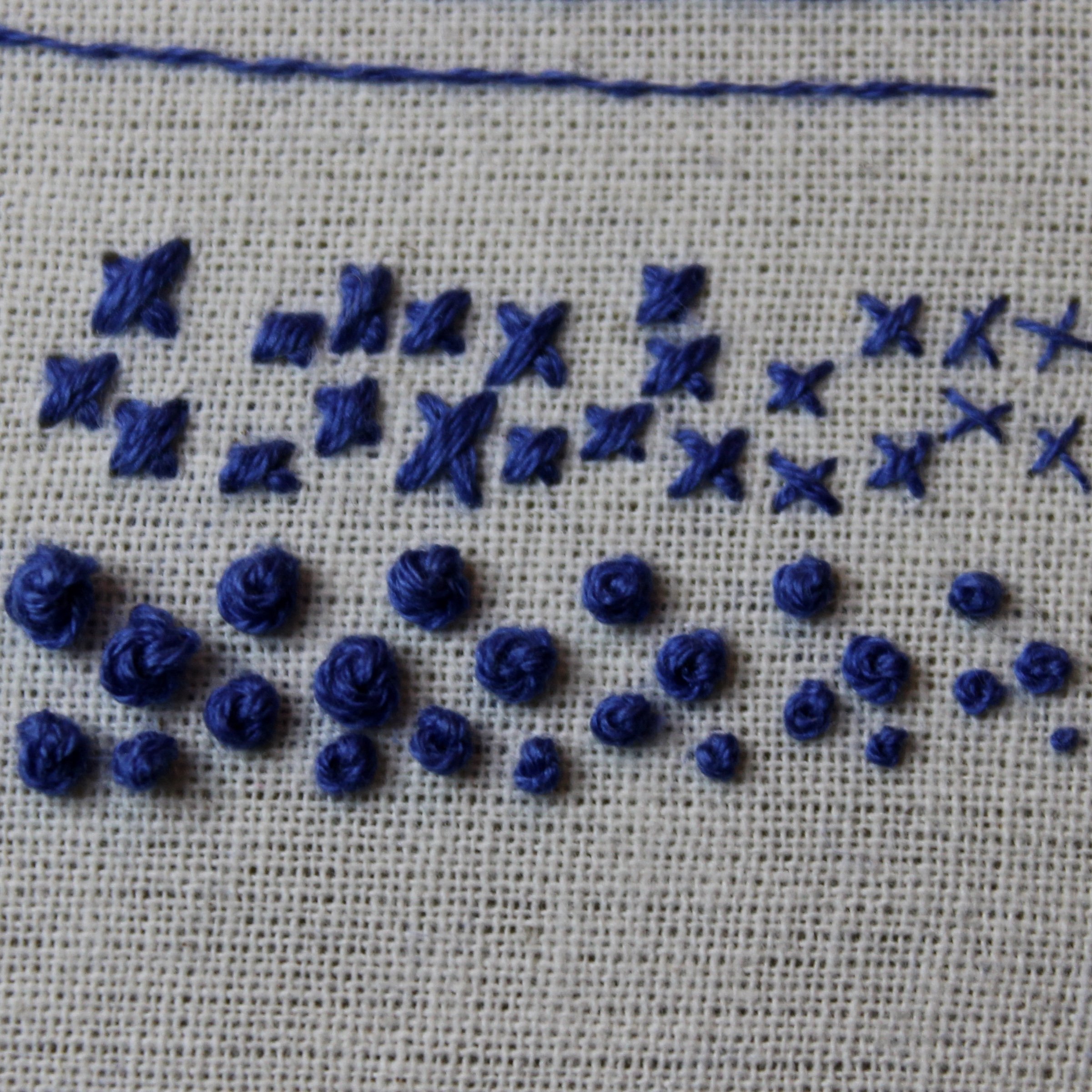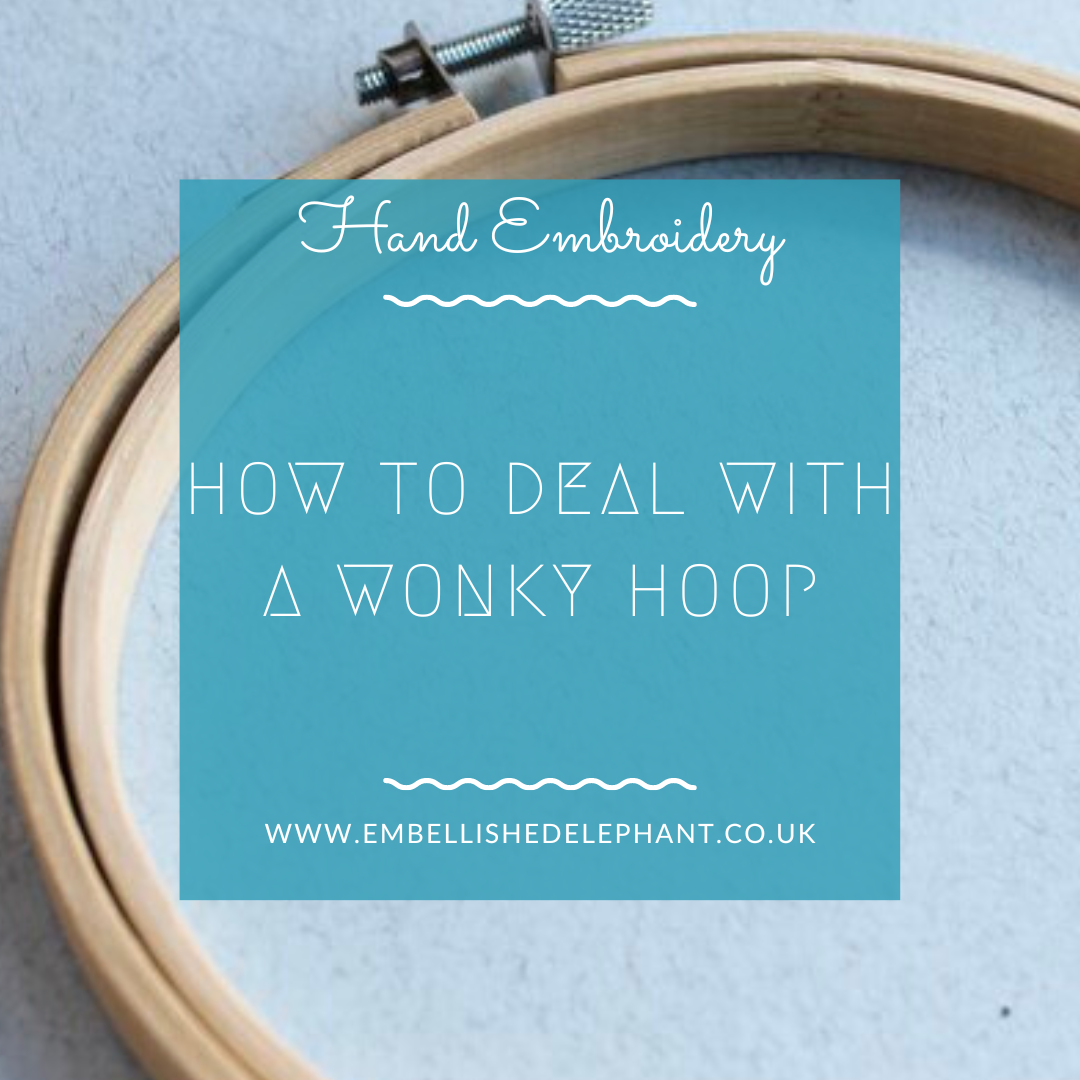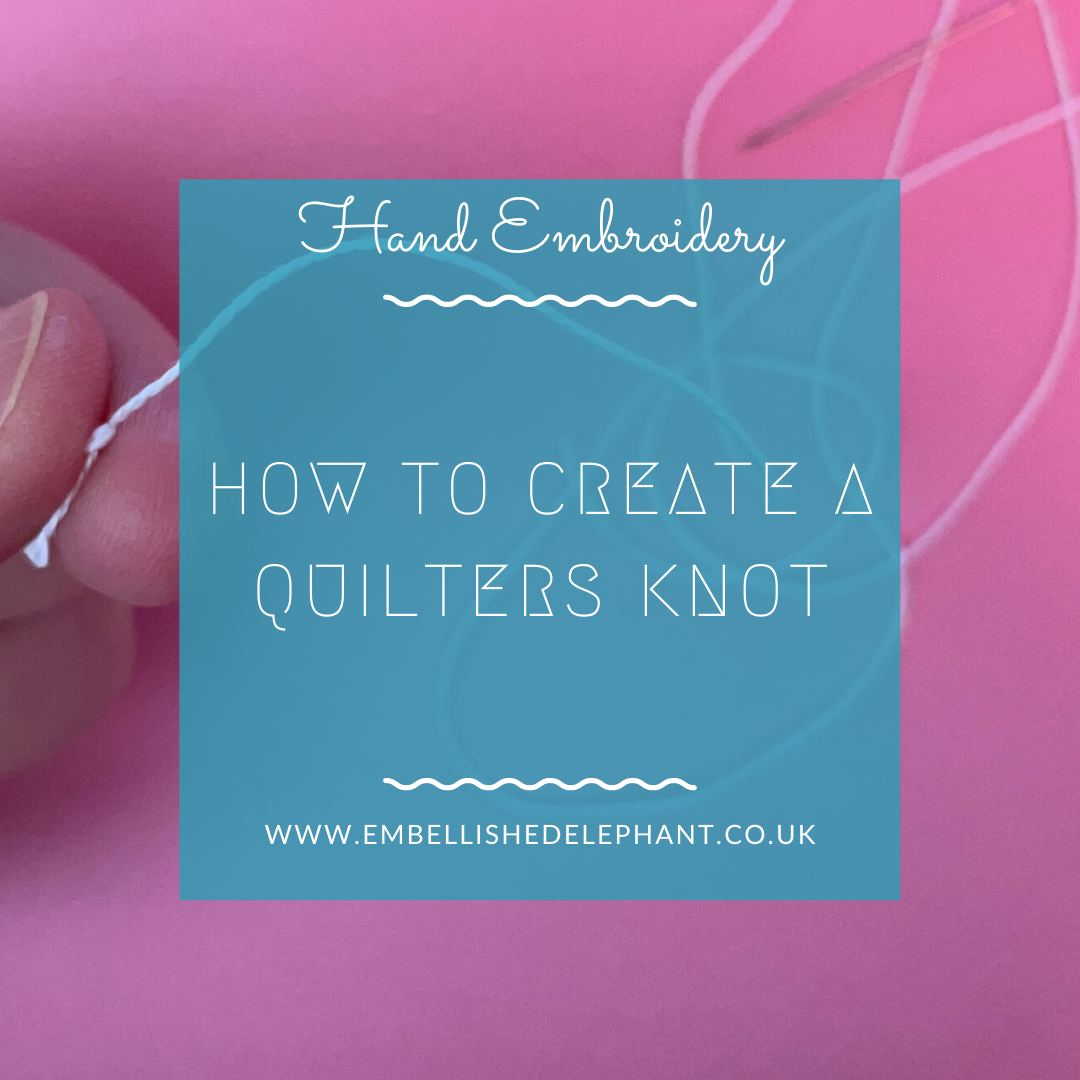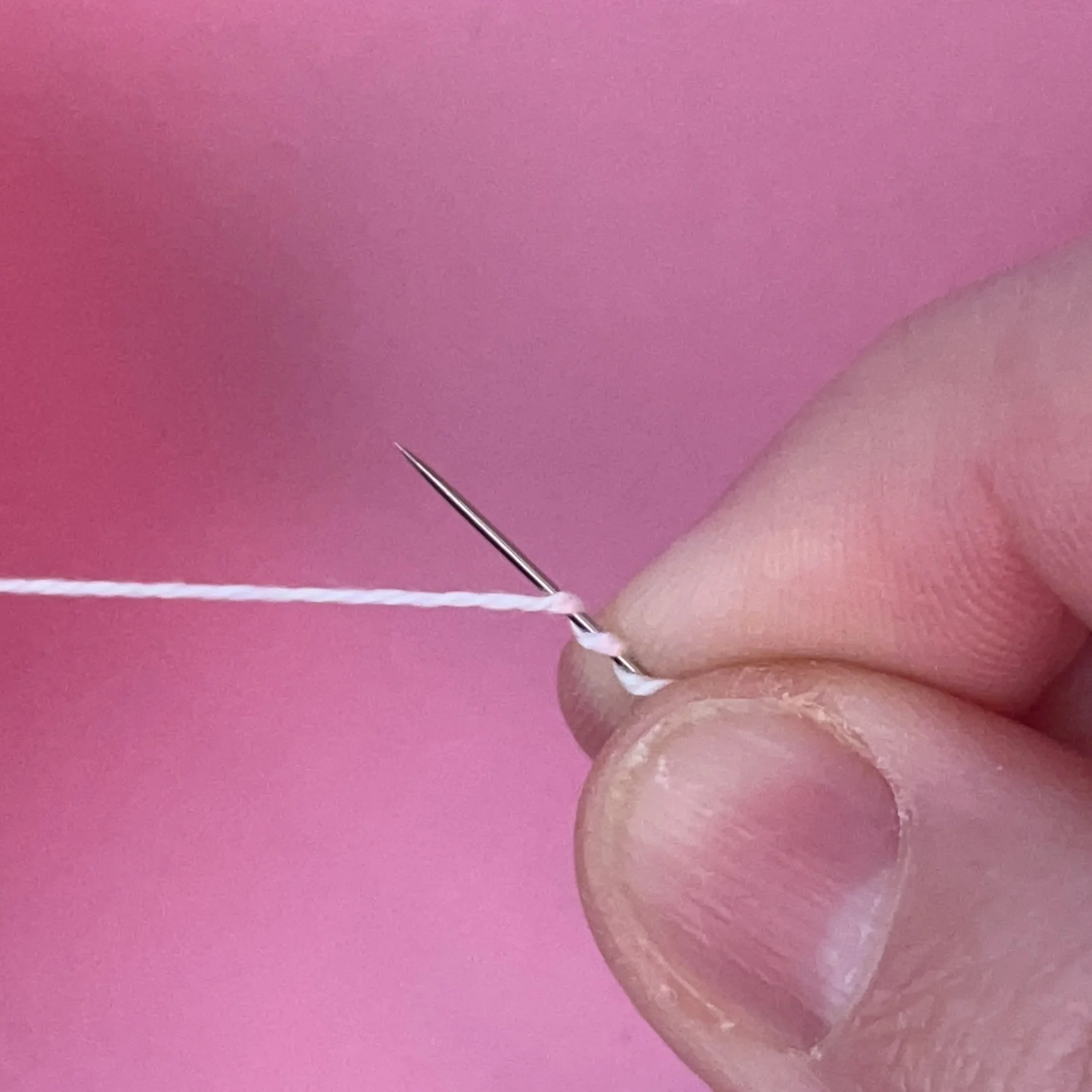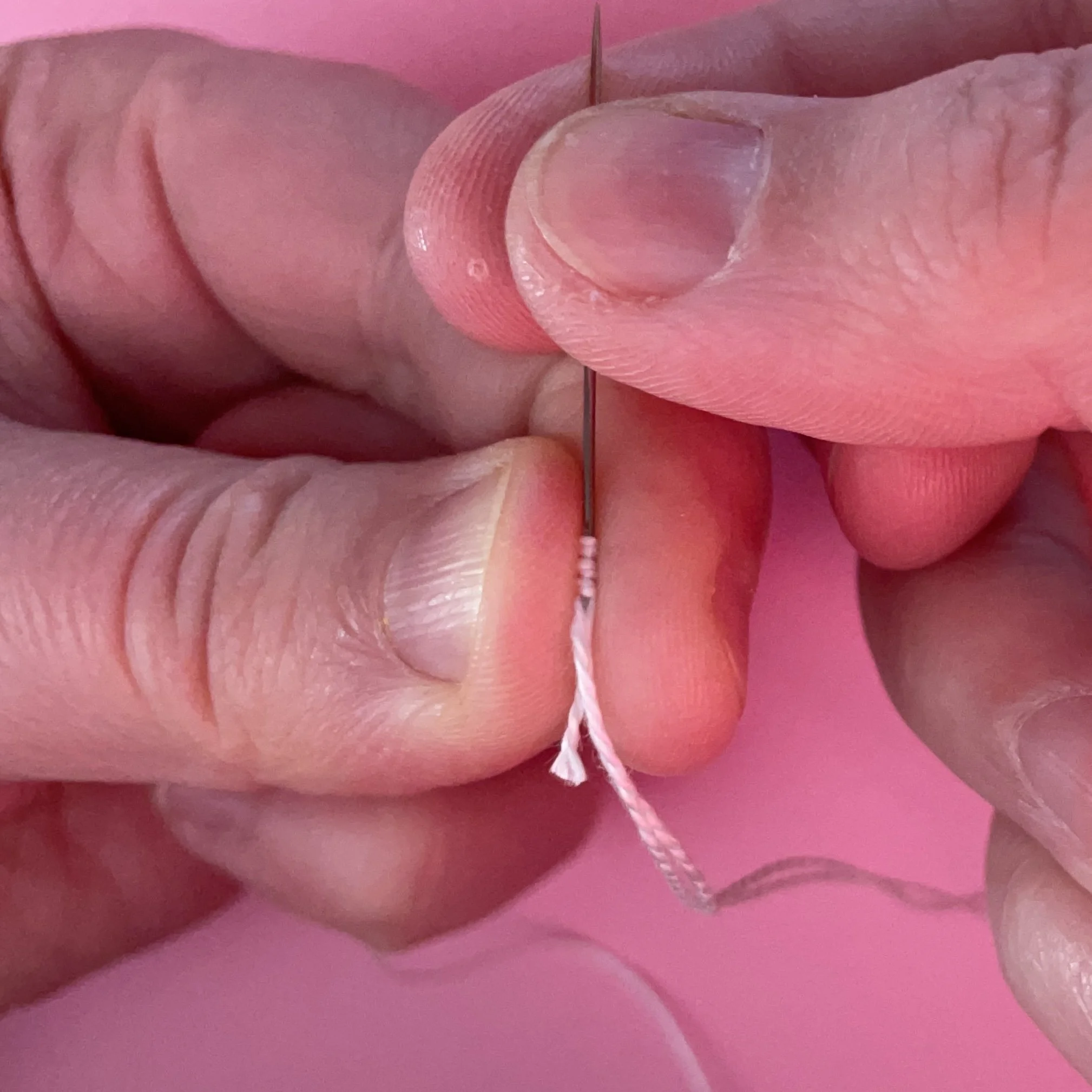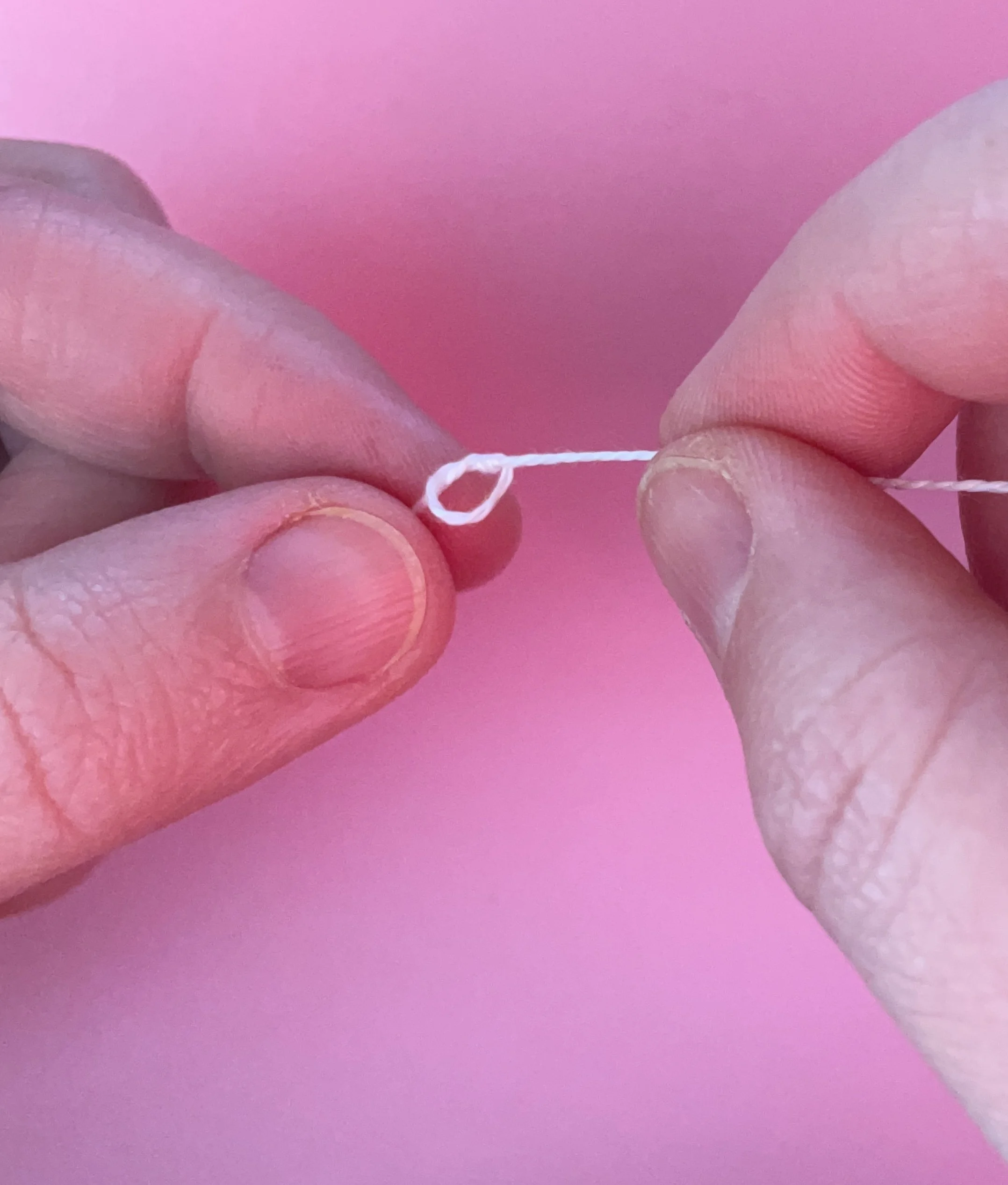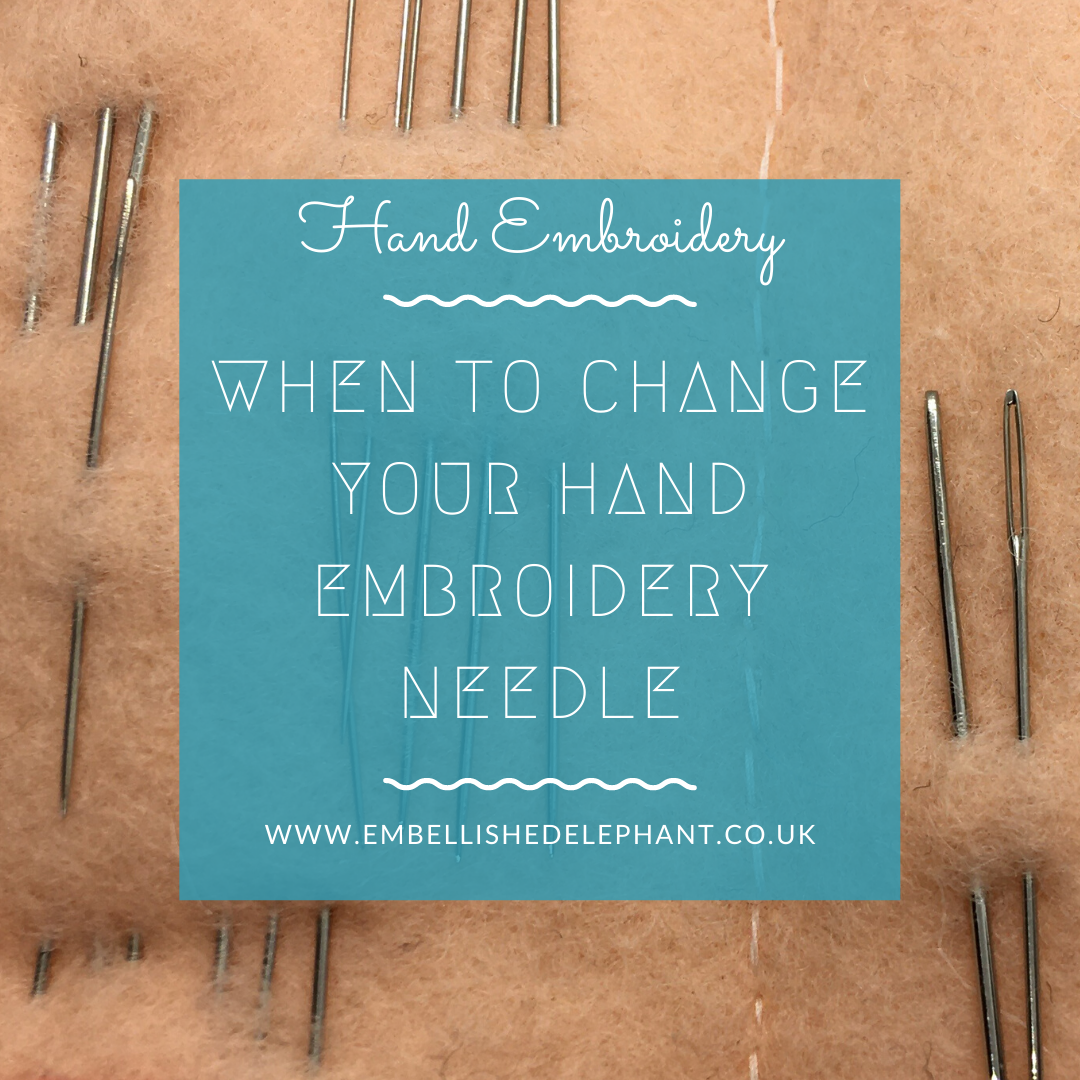1.Browse any existing kits or patterns or unfinished projects
Try putting them in an order that you want to tackle them in starting with the ones that bring you joy or you know won’t take much time to finish off.
2. Search out some new patterns
Even if you have a stack of patterns that you are really keen to make, there’s no harm in seeing what else is out there. Try searching Pinterest for patterns in a particular theme or browse somewhere like DMC which has a library of free patterns.
3. Browse social media to discover new embroidery artists
Instagram is great of visual media such as embroidery. Browse using hashtags and if you don’t want to follow lots of new people save your favourite post so you can come back to it later for inspiration
4. Sign up to some embroidery related email lists
Increasingly embroidery artists are also connecting with people via email lists. Sign up to some mailing lists to get some regular doses of inspiration to your inbox. You can always set up a rule or a separate inbox if you don’t want to have them all going into your main inbox.
5. Create your own designs
You don’t have to be able to draw very well, you could just jot in your note book ‘snowdrop design’ or save a photo that inspires you. If you are a doodler then sketch out an idea either in a note book. Procreate app has really helped me when I have the urge to design a pattern.
6. Pick a colour palette
Browse your stash of threads and pick out some colours you want to work with. This is particularly great for creating abstract pieces. Alternatively find a photo with colours that you love and use a colour picker such as this one to generate a colour palette for you.
7. Browse a stitch directory
I have some stitches that I always use and don’t tend to venture outside of these. Browsing a stitch directory such as my stitch showcase series may give you ideas of stitches you want to try.
8. Look through embroidery books or magazines
If you have some of these on your shelf then going back to them may give you some ideas. If you don’t have any at hand, try investigating if your local library offers magazines for free via an app. Mollie Magazine and Love Embroidery are offered by my local library. I also love browsing non-embroidery magazines - Frankie and The Simple Things also give me inspiration.
9. Organise your thread stash
I store my floss on bobbins. I find winding skeins onto bobbins is a nice relaxing activity and helps keep my stash in check. It also reminds me of some of the thread colours I have and want to work with.
10. Tidy up your craft area
I have a table next to the sofa where I pop projects that I’m working on. But often the projects start piling up or other non-craft items get added to the pile so periodically I tidy up this area and it often inspires me to want to get stitching.
11. Cut and iron fabric for stitching on
I have an old curtain that I’m slowly cutting up and using for embroidery projects. Getting this out and cutting a section of fabric is a barrier to me starting a project, but if I cut several pieces of fabric in one go I always have a pile of fabric I can pick up and start stitching on (20x20cm works well for 4, 5 and 6 inch embroidery hoops).
12. Transfer patterns onto fabric
You need to transfer the pattern before you start stitching. I will often transfer two or three patterns at a time so I have a pile of projects I could work on.

